Decades ago, cities across the United States were met with major departures, as baby boomers flocked to the suburbs to raise their kids. Having turned into empty nesters later in life—or, in some cases recently divorced—a number of them are looking to transplant back. The reasons for their return vary, from not wanting the responsibility of maintaining a house to caring for aging parents to wanting a pied-a-terre so they can spend more time with their offspring. But making this reverse commute is not without its challenges, particularly as New York properties climb well into the seven-figure range.
Following up on our previous story focused on seniors struggling to maintain a home in the city, this article looks at those baby boomers making a reverse commute back to urban life.
Following up on our previous story focused on seniors struggling to maintain a home in the city, this article looks at those baby boomers making a reverse commute back to urban life.
In this article:
 Image by Coterie Hudson Yards - Senior Living
Image by Coterie Hudson Yards - Senior Living
Mary Beth Adelson, a broker with Douglas Elliman, has completed several recent sales to empty nesters that recently moved back to the city. She sees these sales as a growing trend in her practice.
“I’m seeing a lot of people retiring in Manhattan and selling a big house in various places such as Stamford, Ct. or North Carolina,” she says. In most locales, there’s one theater and 10 local eateries, but in Manhattan, “you have all of Broadway, Michelin-starred restaurants and ramen shops, where you can be entertained all the time.”
“I’m seeing a lot of people retiring in Manhattan and selling a big house in various places such as Stamford, Ct. or North Carolina,” she says. In most locales, there’s one theater and 10 local eateries, but in Manhattan, “you have all of Broadway, Michelin-starred restaurants and ramen shops, where you can be entertained all the time.”
But more than this, many of the older folks trading their suburban homes for life in the city invariably want to move in proximity to grandchildren and their adult children. Relocating enables them to nurture these relationships and it also eases the burden on parents who are often stretched for time, notes Adelson.
Divorce is also a factor for many. With a divorce rate in the U.S. of 42 percent, a number of seniors find themselves single and gravitating to the city to start a new life.
Divorce is also a factor for many. With a divorce rate in the U.S. of 42 percent, a number of seniors find themselves single and gravitating to the city to start a new life.
Take Dani Ticktin Koplik, an executive coach and business consultant, who lived in the Village with her family until their apartment got too small, prompting a move to Englewood, N.J.
Koplik divorced in 2010, but both her children had long left to live and work in the city, and her elderly parents, both in their 80s, were also there. The time was ripe to return.
In 2015, Koplik opted to buy a three-bedroom condo on the Upper East Side. She chose a condo so she wouldn’t have to contend with co-op board approval. She quipped that, “I downsized to a 3,000-square-foot apartment.” Koplik’s mother is 84 and still lives alone, and she wanted an extra bedroom to accommodate her if the need arises. The third bedroom serves as Koplik’s business office.
Divorced people can start life fresh in the city, away from the more parochial suburbs. Adelson notes that in suburbia, “you’re known as a divorced mom and wear a scarlet letter. You move to the city and hit the reset button.” There are so many organizations, clubs and online groups that a divorced parent can start life fresh and create an entire social network.
Koplik divorced in 2010, but both her children had long left to live and work in the city, and her elderly parents, both in their 80s, were also there. The time was ripe to return.
In 2015, Koplik opted to buy a three-bedroom condo on the Upper East Side. She chose a condo so she wouldn’t have to contend with co-op board approval. She quipped that, “I downsized to a 3,000-square-foot apartment.” Koplik’s mother is 84 and still lives alone, and she wanted an extra bedroom to accommodate her if the need arises. The third bedroom serves as Koplik’s business office.
Divorced people can start life fresh in the city, away from the more parochial suburbs. Adelson notes that in suburbia, “you’re known as a divorced mom and wear a scarlet letter. You move to the city and hit the reset button.” There are so many organizations, clubs and online groups that a divorced parent can start life fresh and create an entire social network.
Financial Considerations
While the heart may drive one to move back to the city, finances are critical to making the decision to return. Rising prices across Manhattan, Brooklyn, and Queens have made the move challenging. CityRealty data shows, the average sales price for condos in 2023 was $2.9 million and $1.3 million for co-ops.
Most empty nesters will also have to downsize and buy a one-bedroom. Having a space set aside where the grandchild can sleep over is often a priority and many seek out apartments with an alcove or sleeping area. This preference, however, will often add stress to an already stretched budget.
To deal with escalating co-op and condo prices in the city, one clever way to find an apartment is to consider a fixer upper, Adelson explains. “It doesn’t have to be your perfect home,” she says—at least at the outset. Those who are adept at home repair can save money by painting and sanding floors.
And of course, addresses off the beaten track can also lead to lower prices. The further you live away from a subway line, the cheaper the price. Jackson Heights, Queens, is one of the city’s most multi-cultural neighborhoods, filled with ethnic eateries, and only 30-40 minutes away from Midtown by subway. Back in the city, Adelson says buyers can nab good deals on the Upper East Side. Car services such as Via and Lyft, which can cost $5 to $10 a ride, also make shuttling around town inexpensive, from outlying areas, Adelson says.
If the client can afford it, buying a co-op or condo, rather than renting, has paid off in the last few years. However, if the boomers have sold their house for a substantial amount of money, they may opt to rent in the city and preserve and live on the cash obtained in the sale to maintain their lifestyle.
And of course, addresses off the beaten track can also lead to lower prices. The further you live away from a subway line, the cheaper the price. Jackson Heights, Queens, is one of the city’s most multi-cultural neighborhoods, filled with ethnic eateries, and only 30-40 minutes away from Midtown by subway. Back in the city, Adelson says buyers can nab good deals on the Upper East Side. Car services such as Via and Lyft, which can cost $5 to $10 a ride, also make shuttling around town inexpensive, from outlying areas, Adelson says.
If the client can afford it, buying a co-op or condo, rather than renting, has paid off in the last few years. However, if the boomers have sold their house for a substantial amount of money, they may opt to rent in the city and preserve and live on the cash obtained in the sale to maintain their lifestyle.
Some wealthier suburbanites keep their homes and rent or buy a pied-a-terre in the city for weekends or vacations. Ina Thornton, a senior specialist in real estate at Rutenberg recommends buying a condo since pied-a-terres are often not permitted in co-ops.
In terms of timing, Adelson advises that your suburban house must be sold first. “Sellers in Manhattan don’t do contingency purchases,” she says. She recommends to start looking while your house is on the market, and as soon as contracts are signed, you can make an offer.
In terms of timing, Adelson advises that your suburban house must be sold first. “Sellers in Manhattan don’t do contingency purchases,” she says. She recommends to start looking while your house is on the market, and as soon as contracts are signed, you can make an offer.
Adjusting to City Life
Responding to the increase in clients who were returning to the city from the suburbs, New York brokerage firm Rutenberg established its Next Move team, which consists of 15 Rutenberg agents. The team is spearheaded by Ina Thornton, a specialist who understands the needs of “older people”—a term Thornton prefers to seniors.
Members of Next Move go through a year-plus-long, multi-faceted training session that includes how to look at buying a condo or co-op or renting from the senior’s viewpoint. Agents are also trained to look at very particular details in helping the baby boomer make the transition to city life. If the apartment has too many steps, it may not be right for someone in their 60s or 70s. Is there a hospital or clinic nearby that can attend to their needs quickly?
If the baby boomer is returning for eldercare reasons of a parent, the real estate agent may look at the resources that are available in particular neighborhoods. Are there senior centers nearby? Emergency rooms? Offices with homecare aides?
Transplanted suburbanites returning to the city do need to make adjustments. The city is noisier, more crowded, and it can be difficult to meet neighbors in large apartment buildings, less so in smaller townhouses.
After having spent nearly 30 years away, divorcee Dani Koplik faced “sticker shock” over grocery prices, had to develop a new regimen, meet new friends, and socialize more by dining out more as opposed to dining alone in her townhouse. She’s learned to be friendlier and more open in city encounters. Her new activities also include more time spent with her daughter and her son, taking spin classes and going to wine tastings. Both her children had found it difficult visiting her despite the fact she was located a mere seven miles away in New Jersey.
Surprisingly, adjusting to a smaller space is seen as a lesser problem. While boomers may find themselves in quarters that are a fraction of their former super-sized suburban homes, it’s common for empty nesters to have been using just a few rooms after their kids move out, shuffling between their bedroom, living room, and kitchen.
Adelson adds that the difference between living with 1,000 square feet in suburbia versus 1,000 square feet in Manhattan is that in the city, “you have everything you need outside your door. You also have all of Broadway, Michelin-starred restaurants and ramen shops, where you can be entertained all the time.”
Adelson adds that the difference between living with 1,000 square feet in suburbia versus 1,000 square feet in Manhattan is that in the city, “you have everything you need outside your door. You also have all of Broadway, Michelin-starred restaurants and ramen shops, where you can be entertained all the time.”
Many suburban transplants also pursue full-service apartment buildings with amenities like a doorman and fitness center.
As people age, taking care of, fixing, and repairing their houses gets onerous. Buying a co-op or condo in Manhattan means “you’re no longer responsible if your roof leaks or boiler breaks. In the city, you just call the superintendent. It’s easy,” Adelson says.
One factor that a new transplant to the city can expect to relinquish is privacy. Adelson notes, “You have to take the elevator, say hello to your doorman, and if your next-door neighbor is cooking pot roast, you smell it.” But often that’s an adjustment that residents adapt to.
Thornton advises suburbanites considering returning to the city to investigate specific neighborhoods; ask friends where they live and the strengths of their local environs; test the neighborhood out as much possible and choose a broker who can address all of the myriad issues triggered by the move.
“If you’re open to the culture, theatre, diversity and food of city life, you have everything. And you never have to cook or you can stay home and order in,” Thornton says.
As people age, taking care of, fixing, and repairing their houses gets onerous. Buying a co-op or condo in Manhattan means “you’re no longer responsible if your roof leaks or boiler breaks. In the city, you just call the superintendent. It’s easy,” Adelson says.
One factor that a new transplant to the city can expect to relinquish is privacy. Adelson notes, “You have to take the elevator, say hello to your doorman, and if your next-door neighbor is cooking pot roast, you smell it.” But often that’s an adjustment that residents adapt to.
Thornton advises suburbanites considering returning to the city to investigate specific neighborhoods; ask friends where they live and the strengths of their local environs; test the neighborhood out as much possible and choose a broker who can address all of the myriad issues triggered by the move.
“If you’re open to the culture, theatre, diversity and food of city life, you have everything. And you never have to cook or you can stay home and order in,” Thornton says.
Featured listings under $1M in full-service elevator buildings with amenities like fitness centers, swimming pools, roof decks, and gardens.
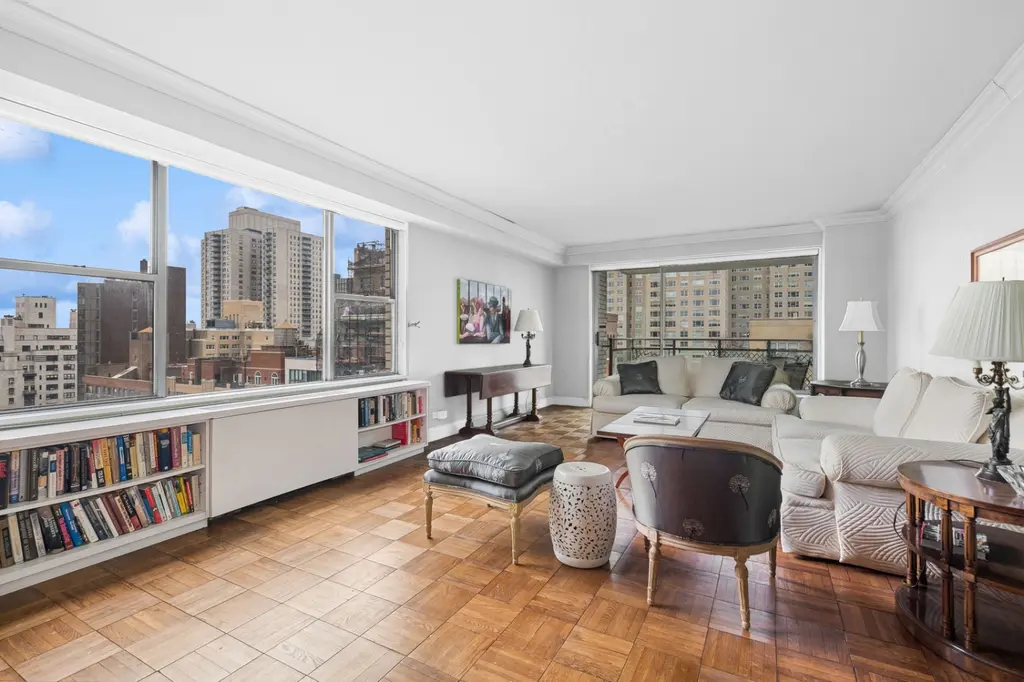
The Excelsior, #19B (Berkshire Hathaway HomeServices New York Properties)
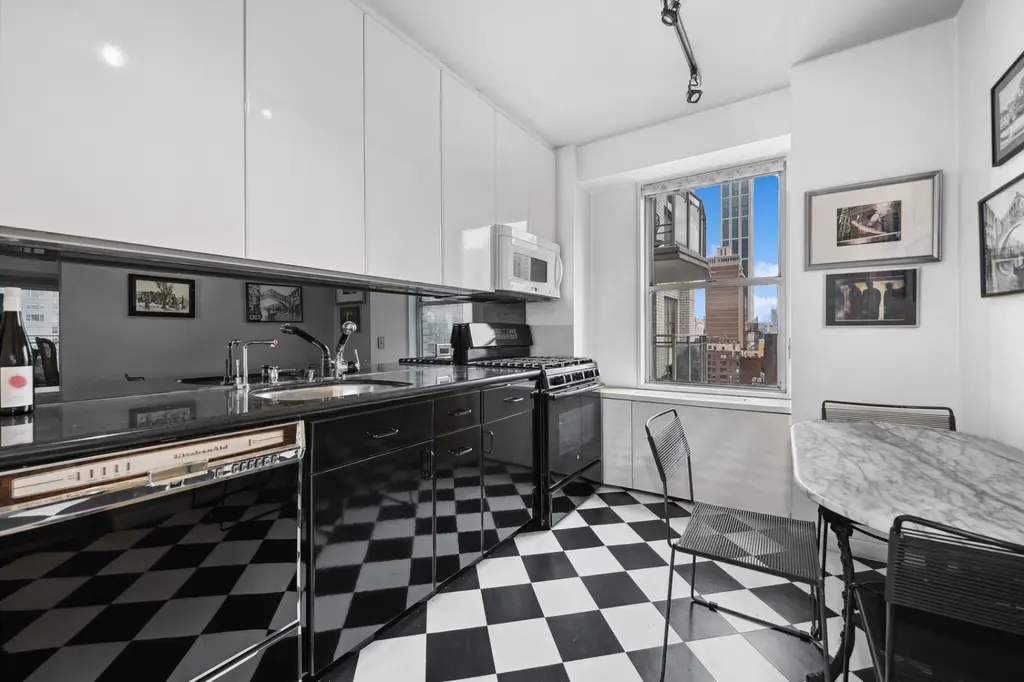
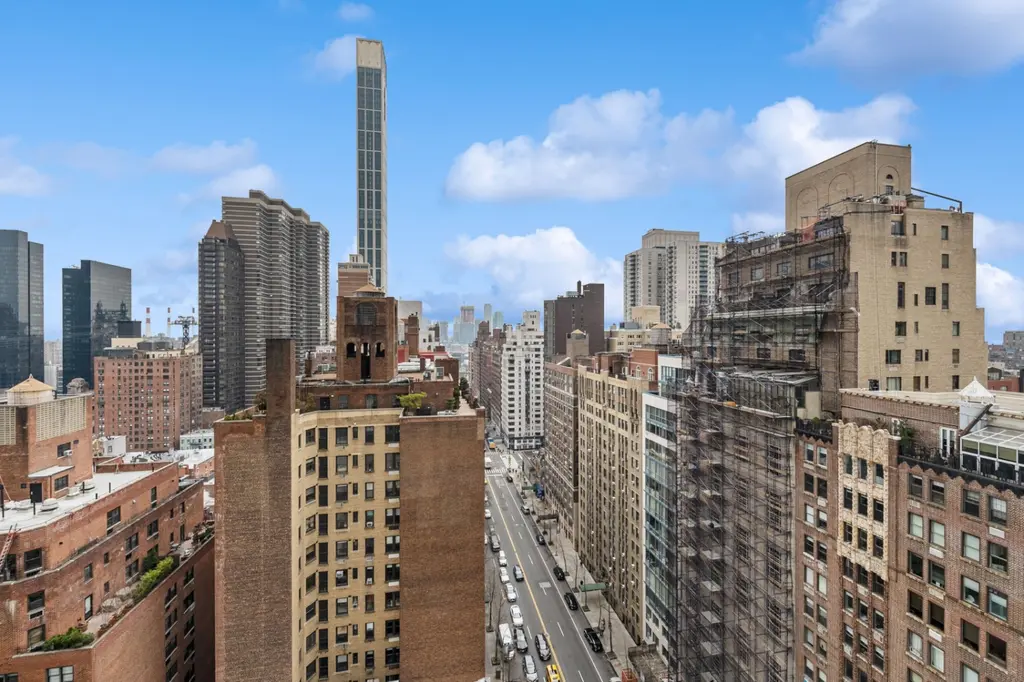
Would you like to tour any of these properties?
Just complete the info below.
Or call us at (212) 755-5544
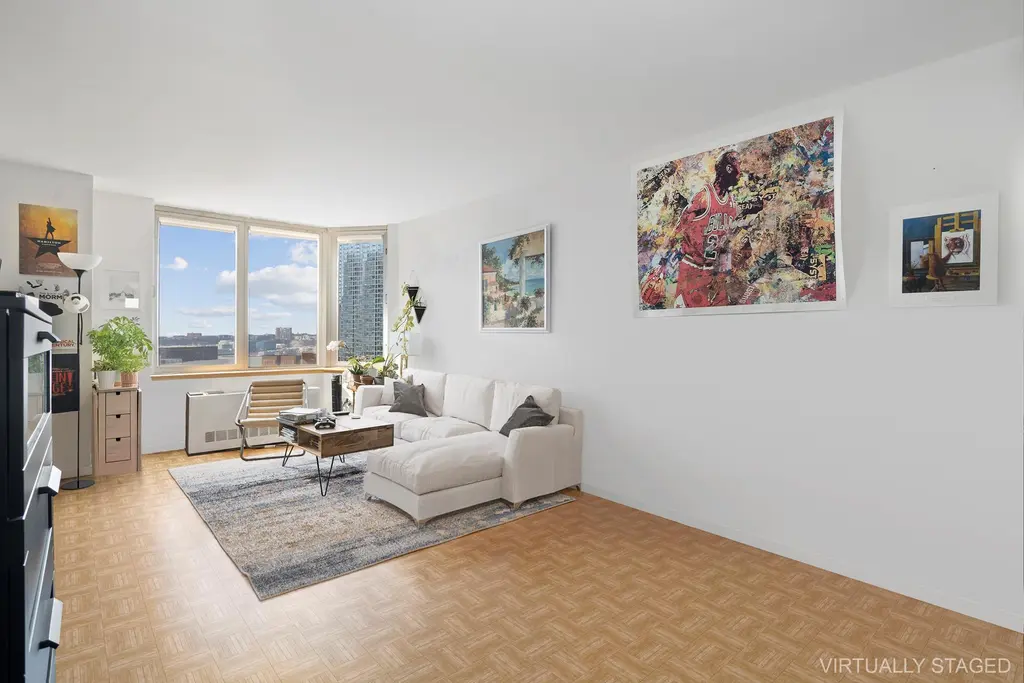
The Strand, #23A (Douglas Elliman Real Estate)
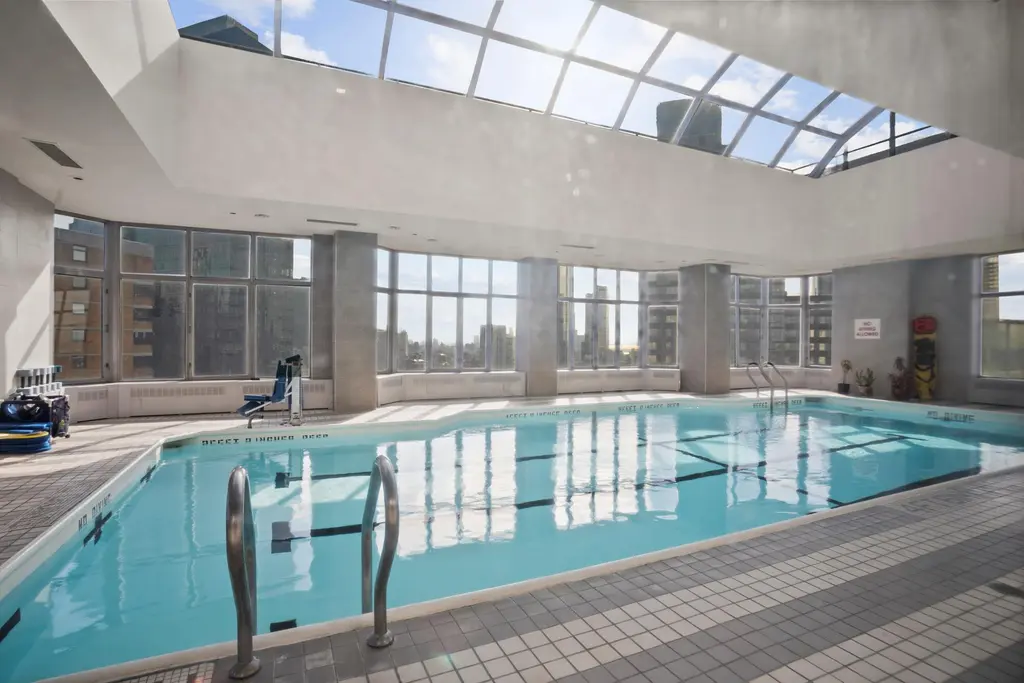
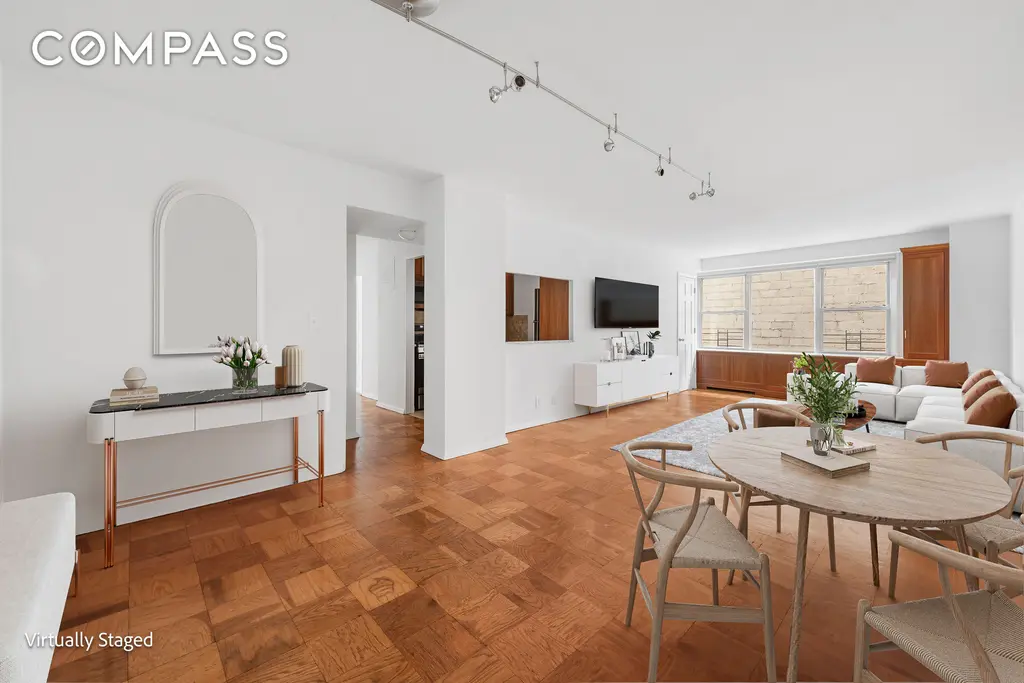
Newport East, #C607 (Compass)
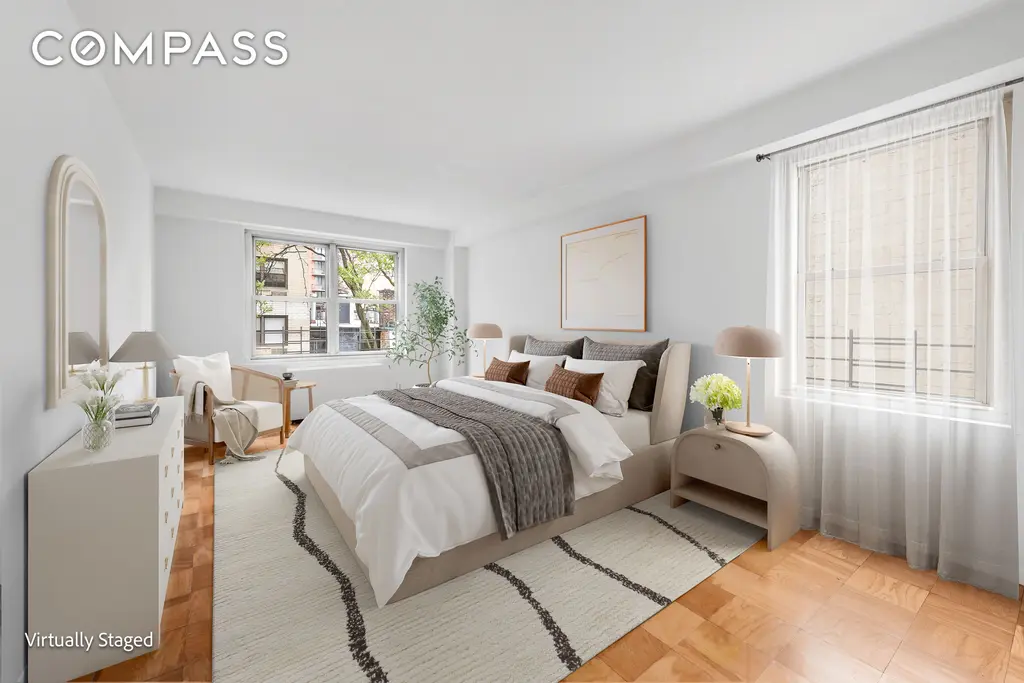
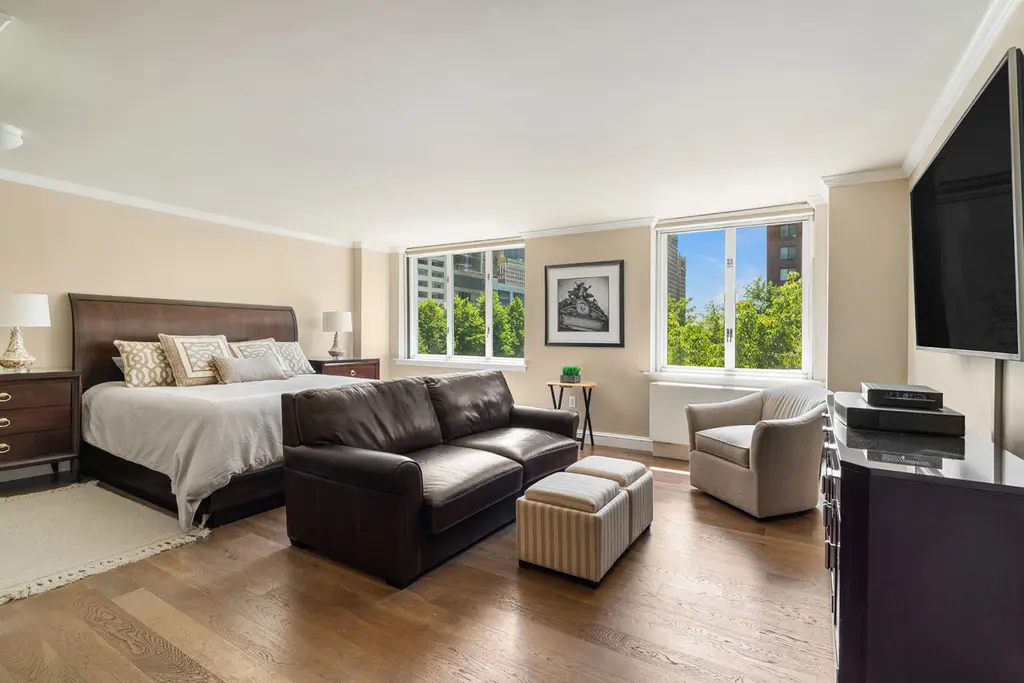
Rector Place, #2B (Serhant LLC)
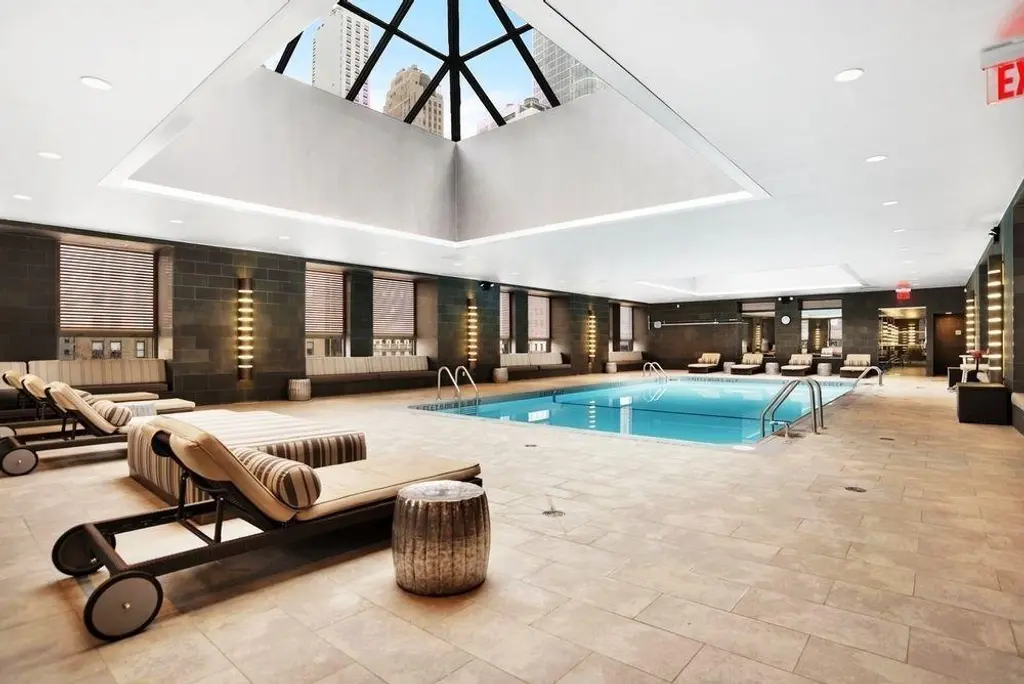
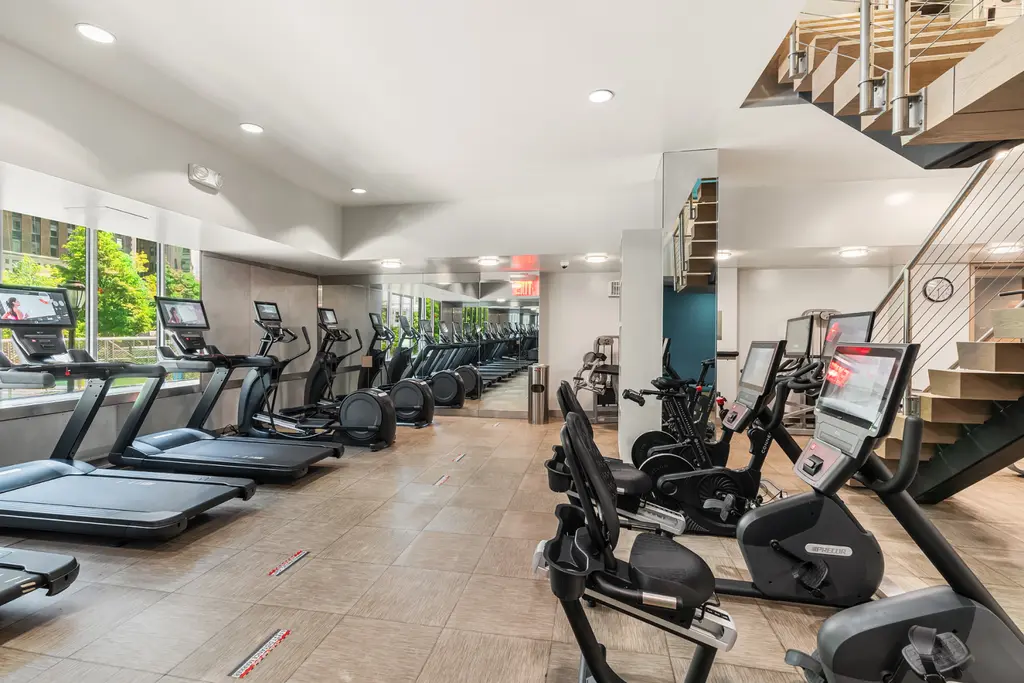
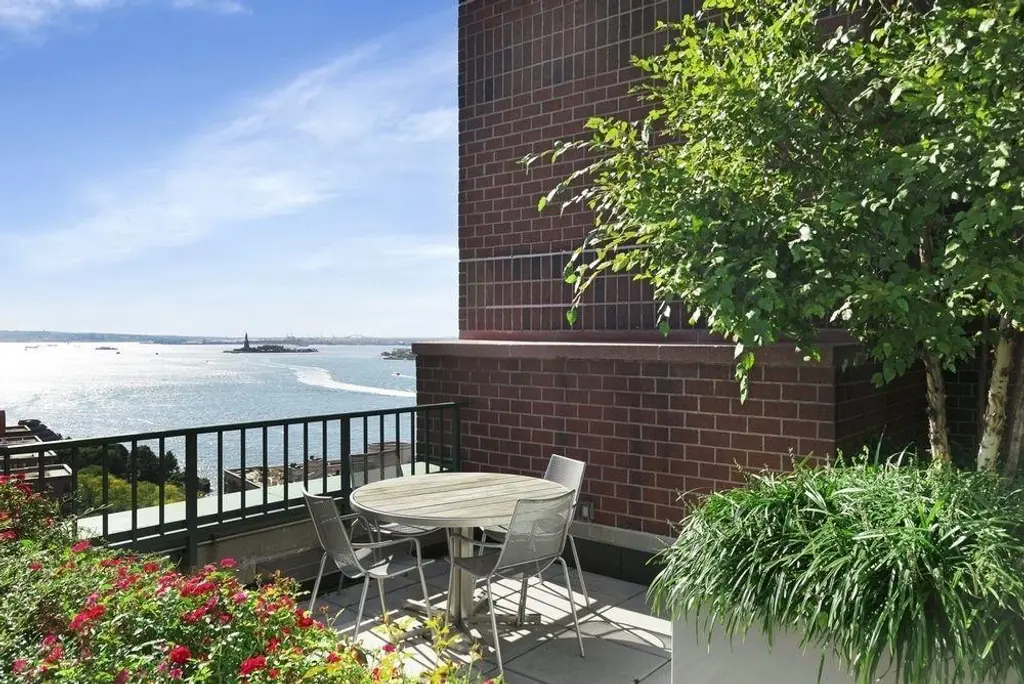
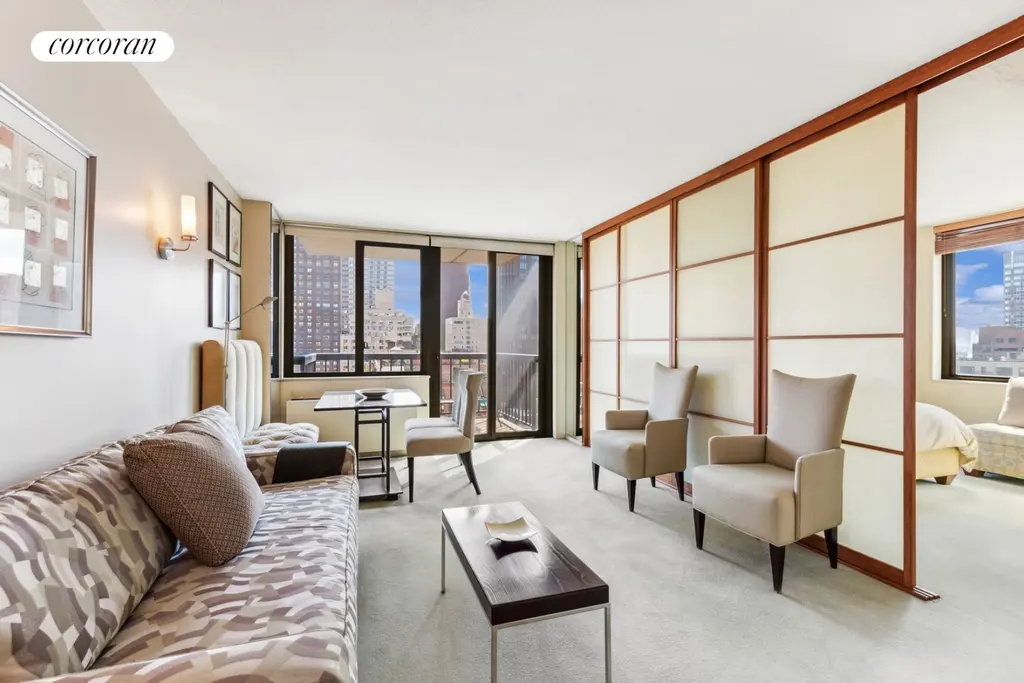
Connaught Tower, #15C (Corcoran Group)
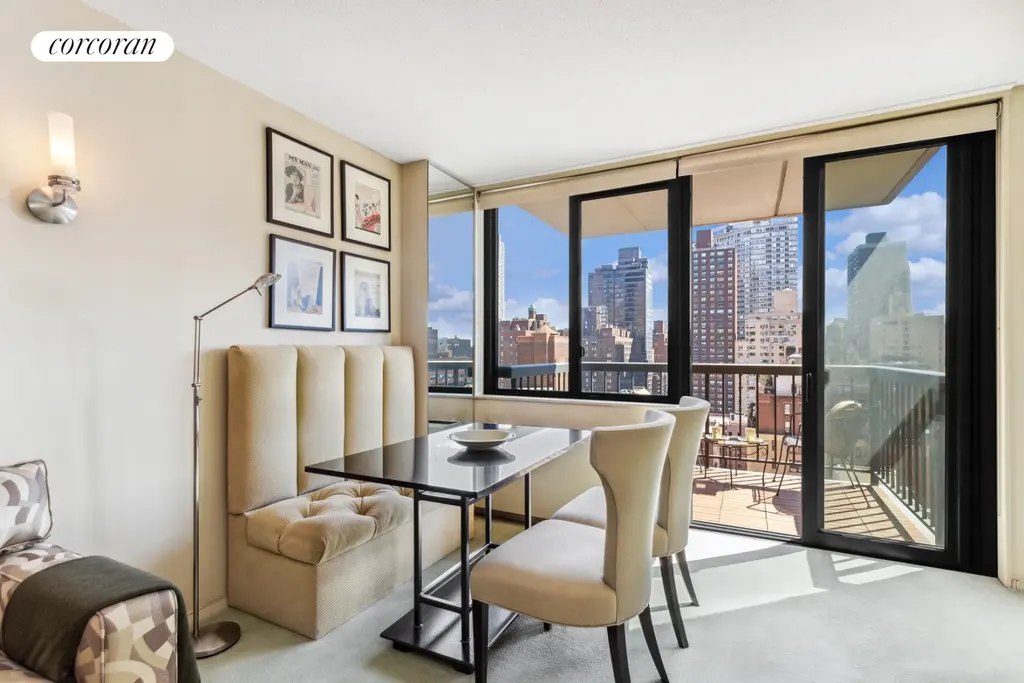
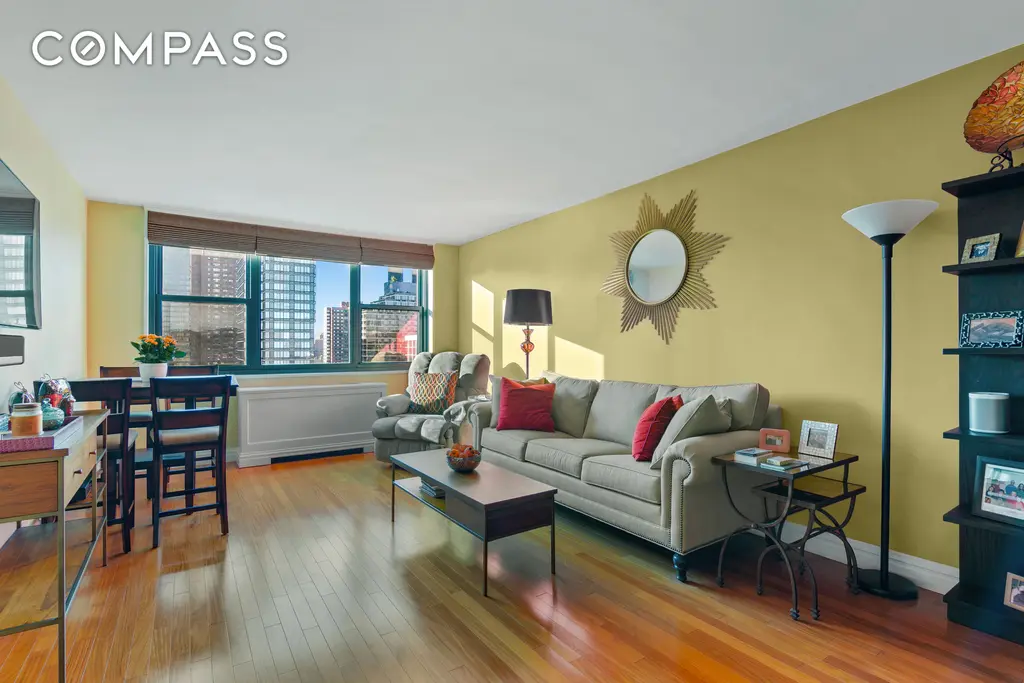
Plymouth Tower, #27K (Compass)
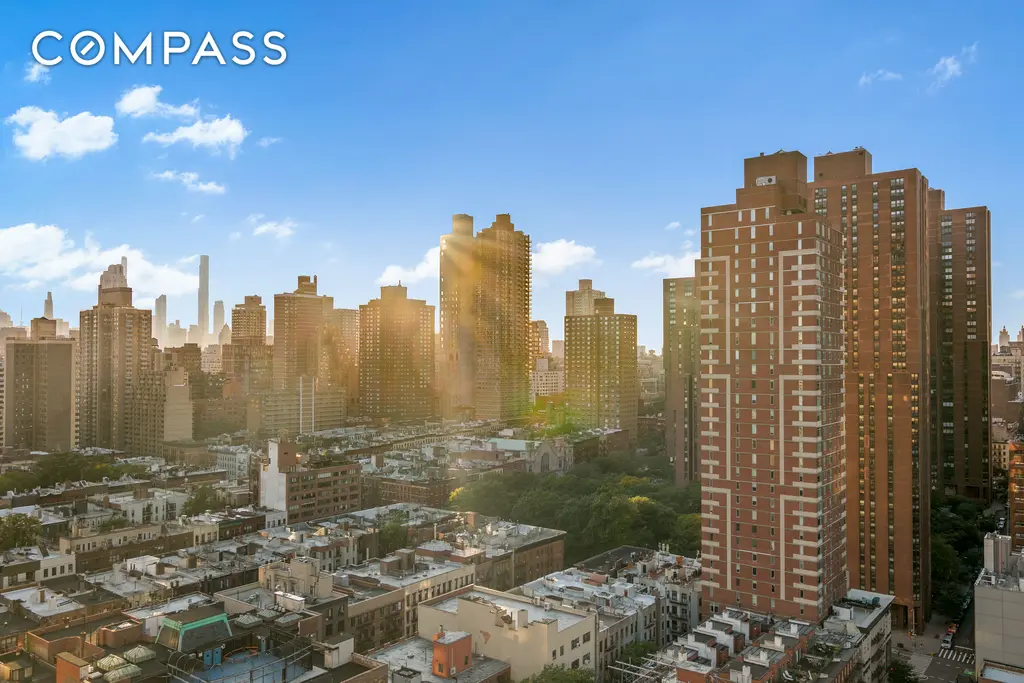
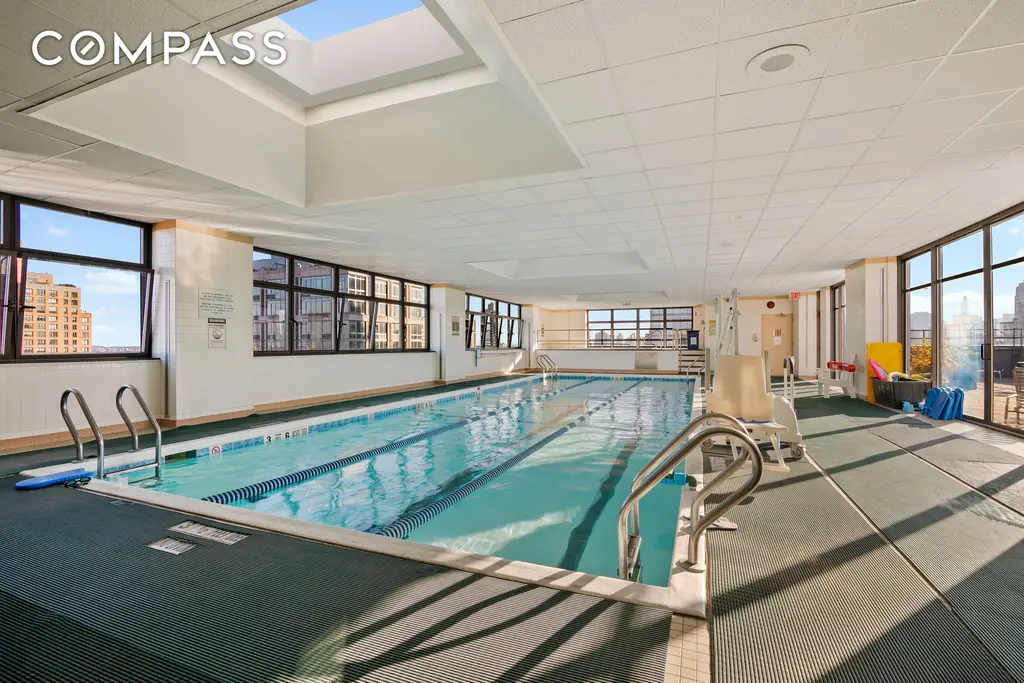
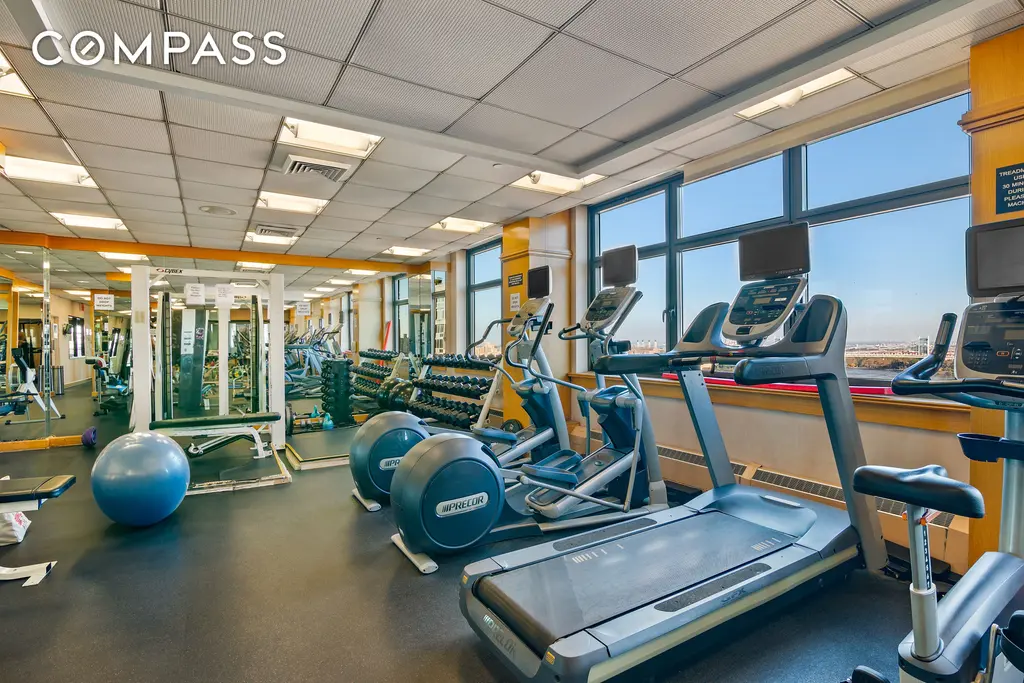
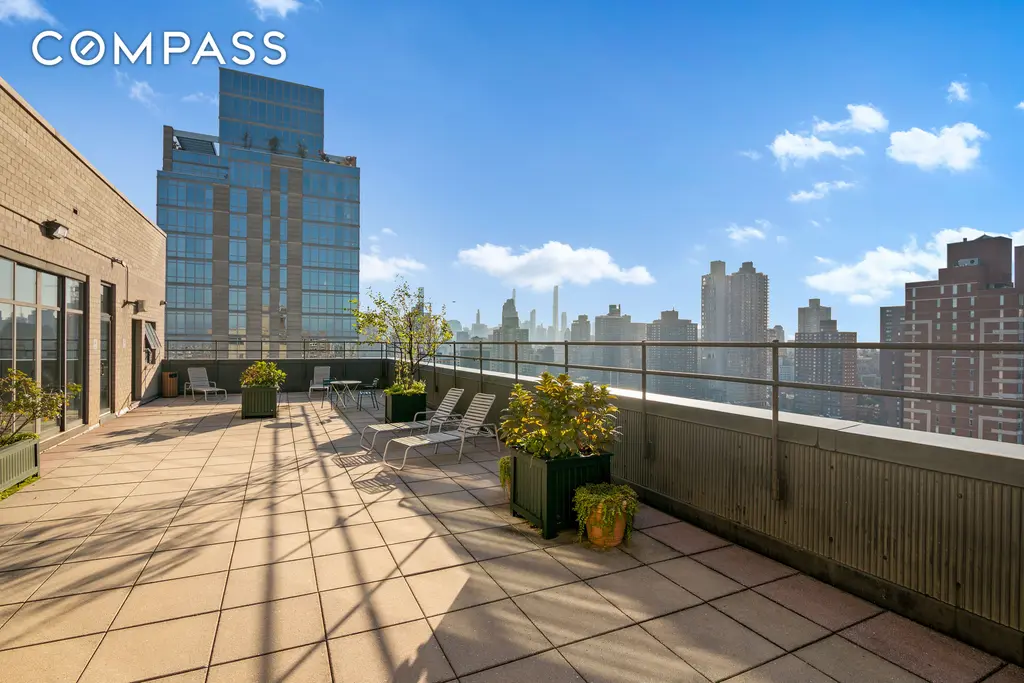
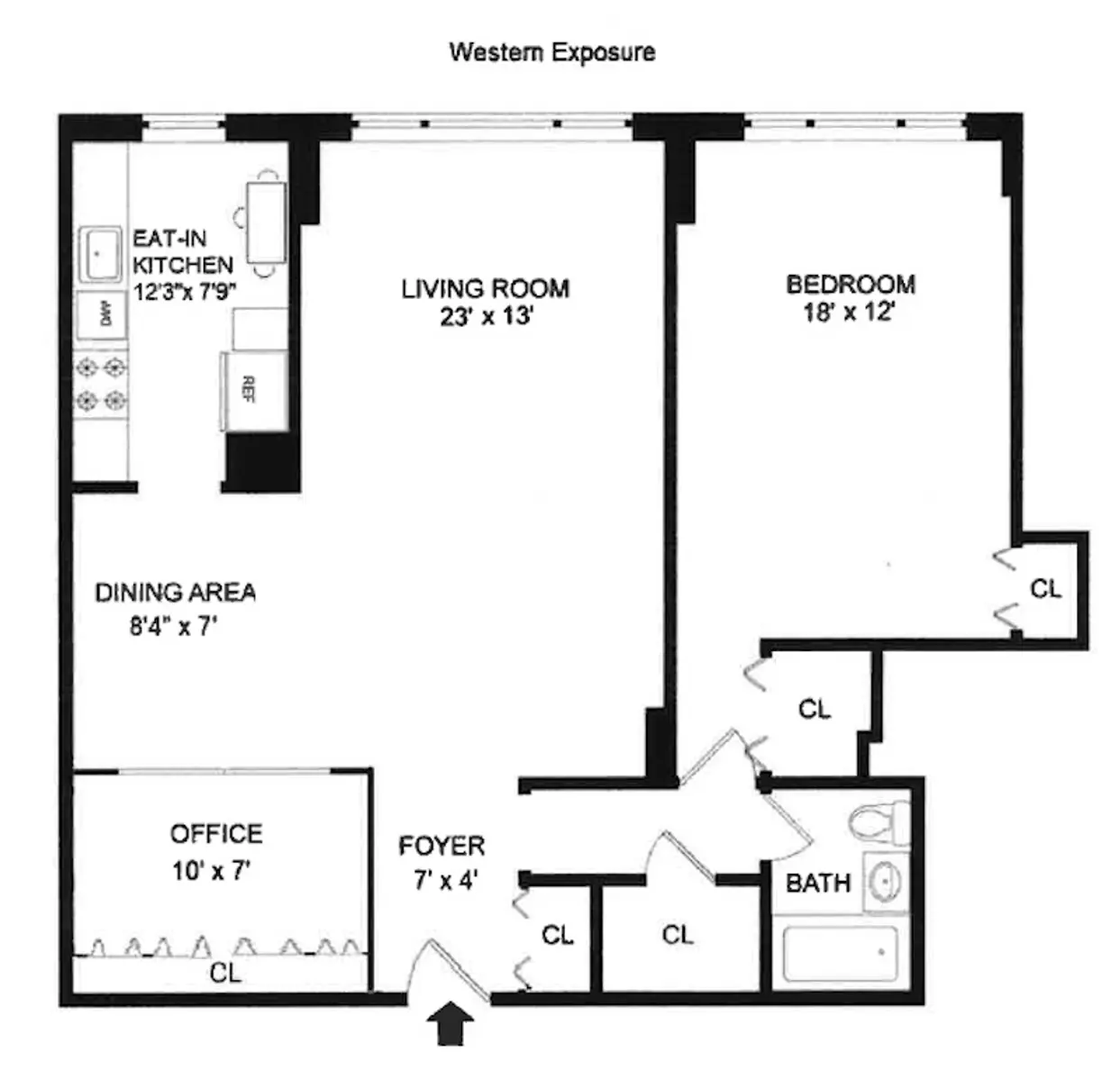
Morad Executive, #9D (Brown Harris Stevens Residential Sales LLC)
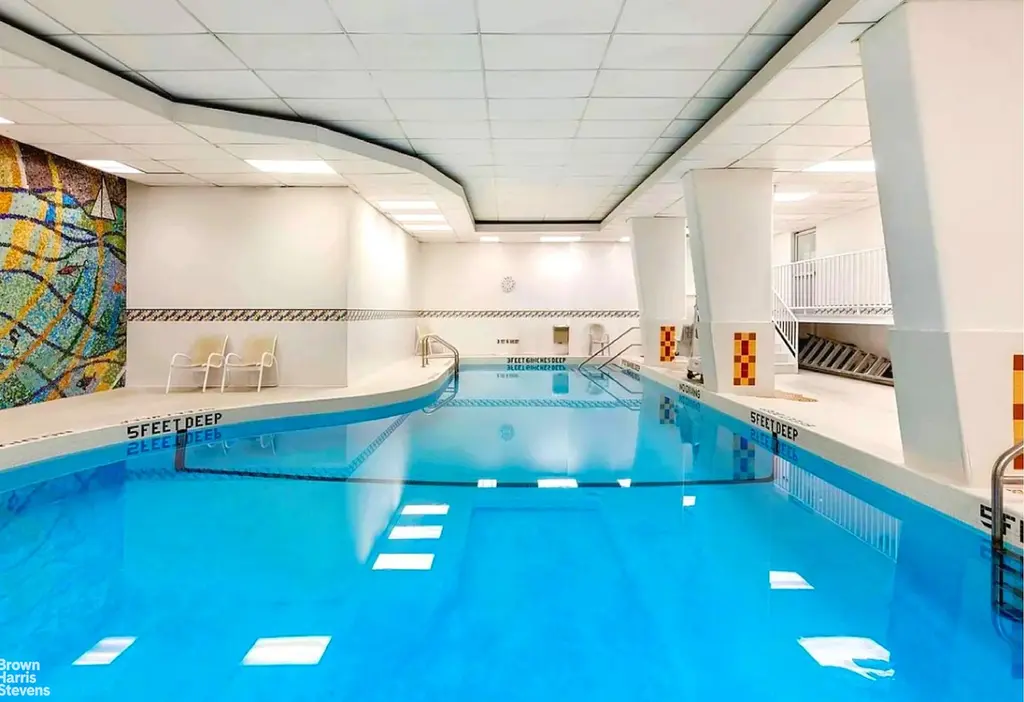
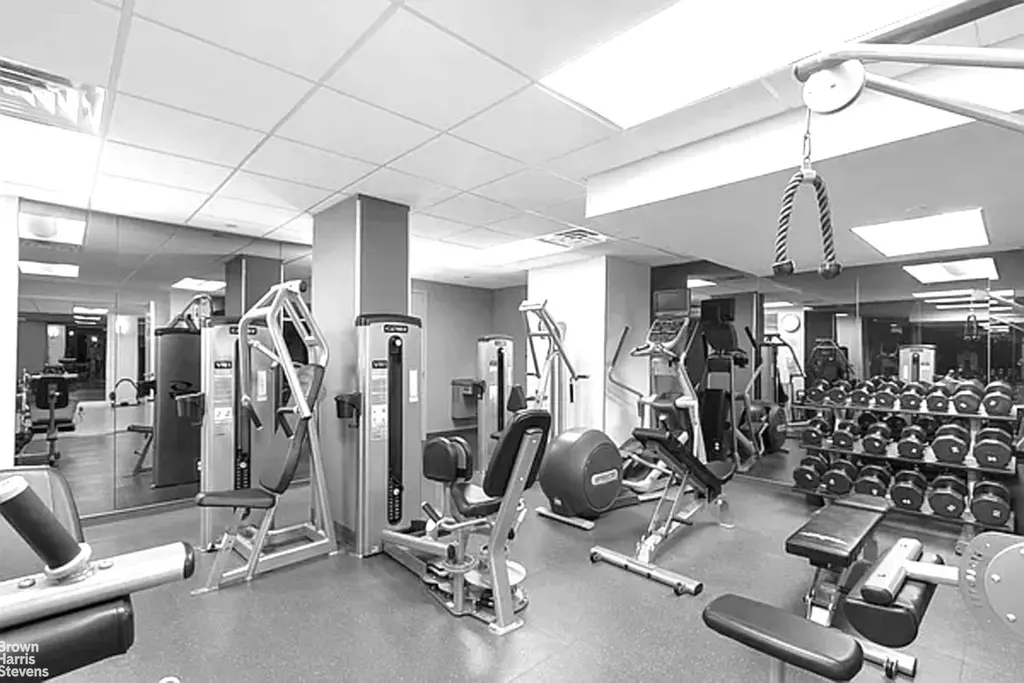
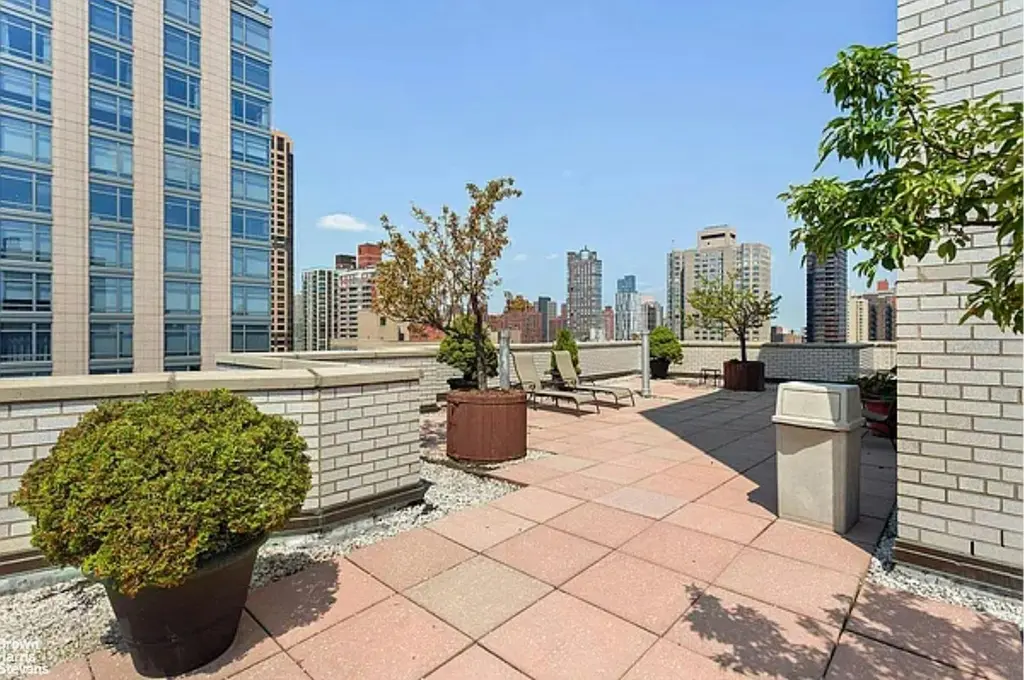
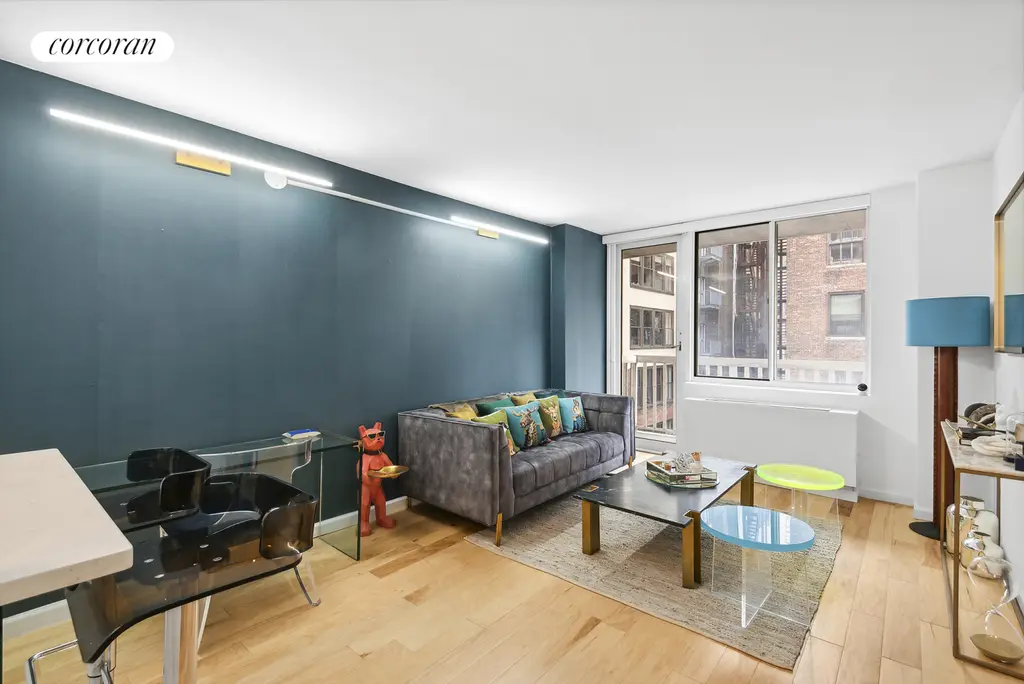
Gramercy North, #12B (Corcoran Group)
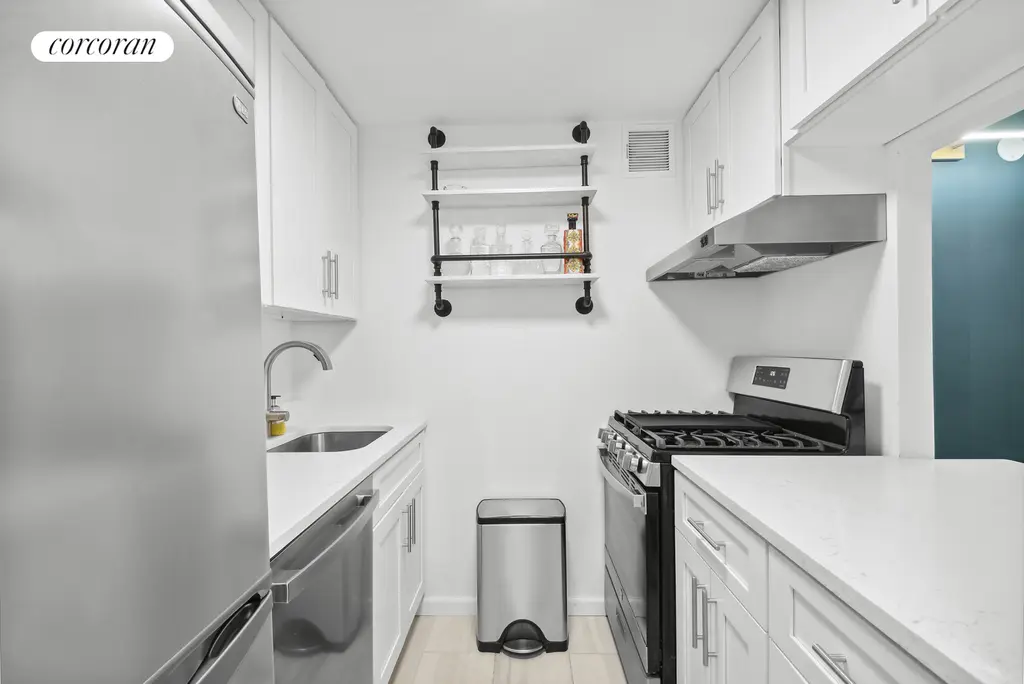

11 Hoyt, #12E (Corcoran Group)
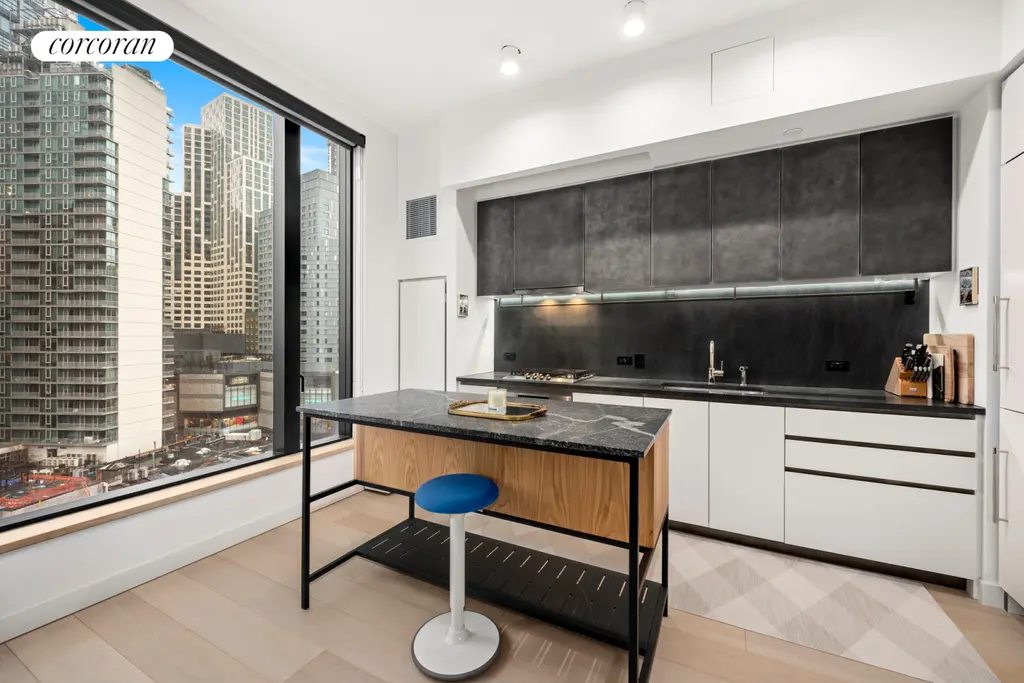
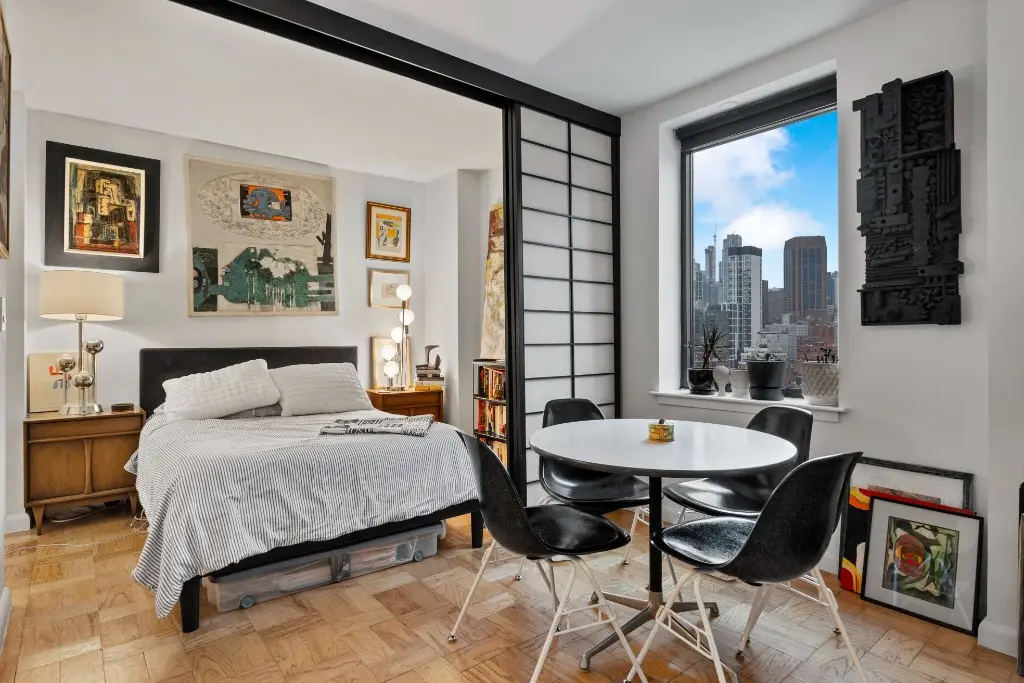
The Horizon, #18M (Mont Sky Real Estate LLC)
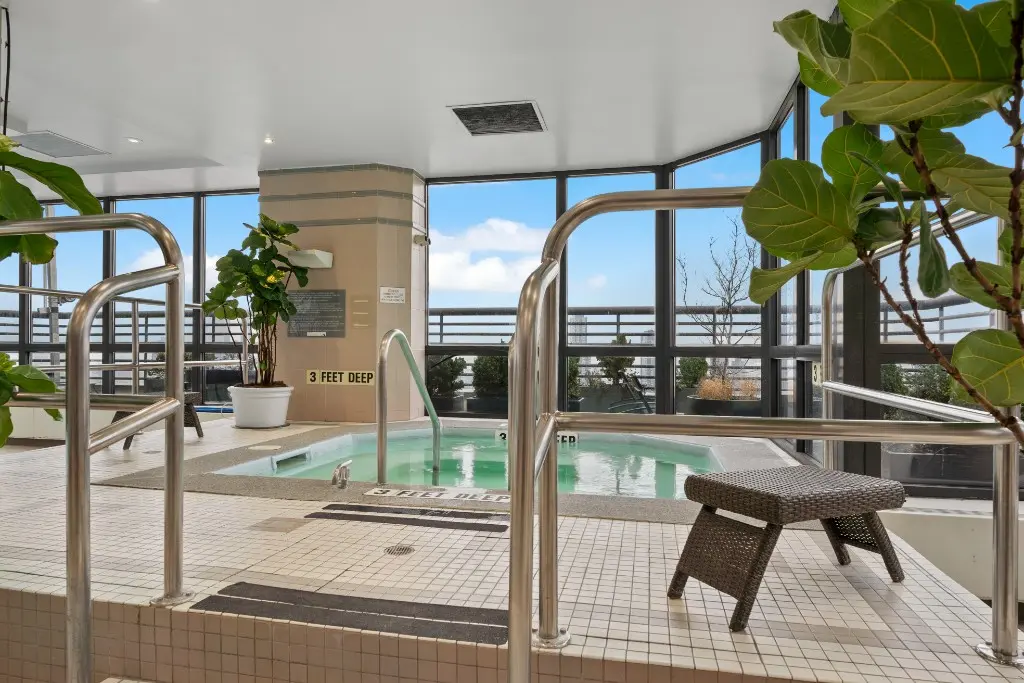

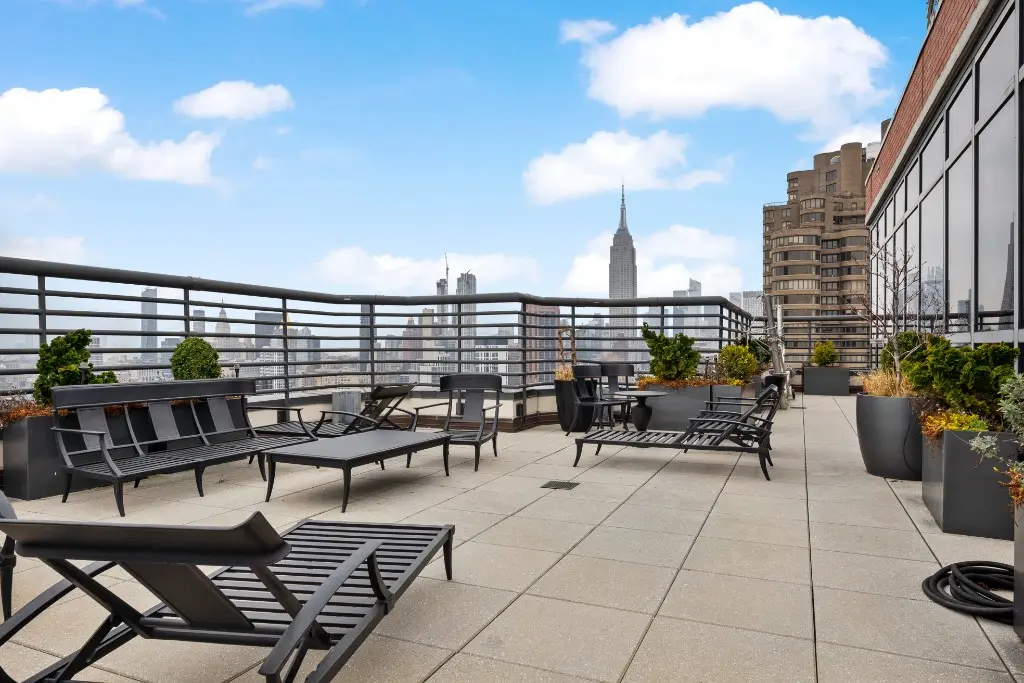
120 Riverside Boulevard, #8C
$750,000
Riverside Dr./West End Ave. | Condominium | Studio, 1 Bath | 551 ft2
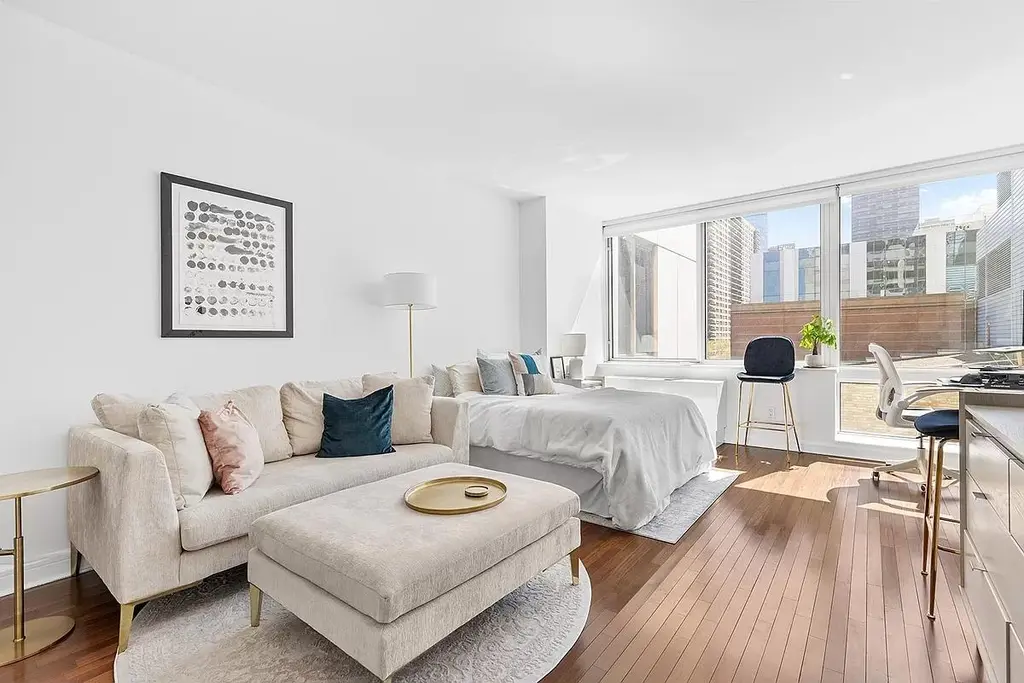
120 Riverside Boulevard, #8C (Douglas Elliman Real Estate)
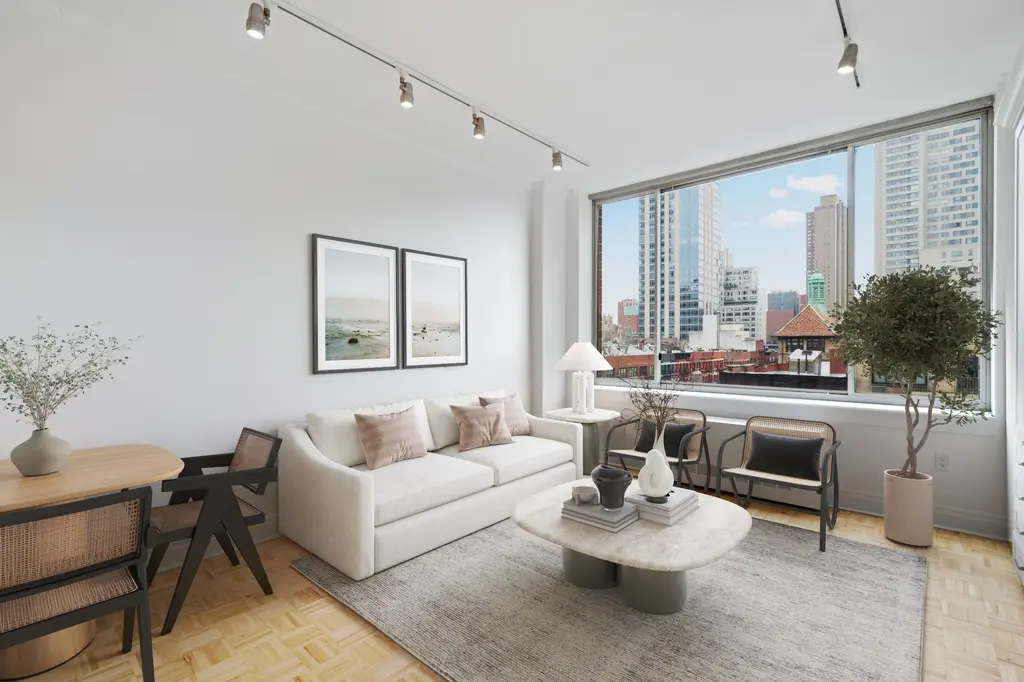
Wellington Tower, #7G (Nest Seekers LLC)
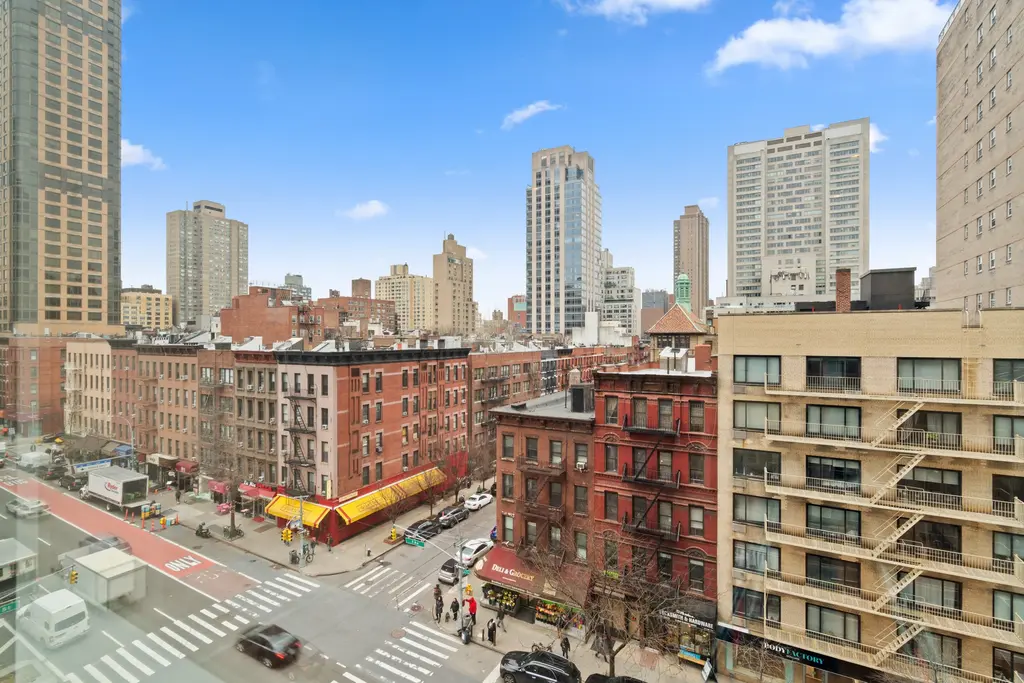
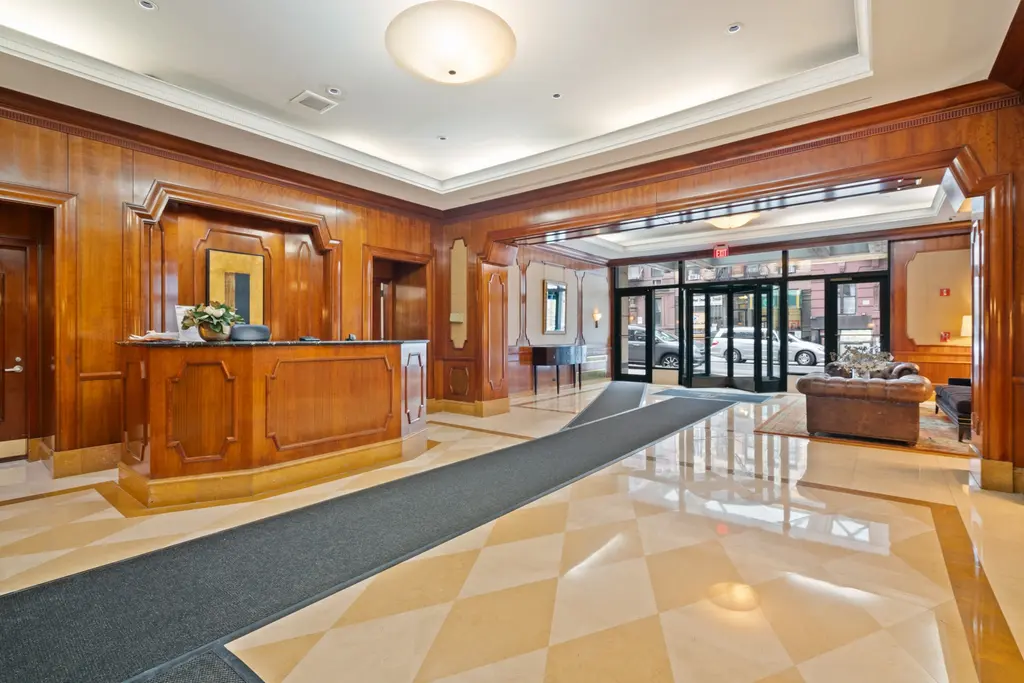
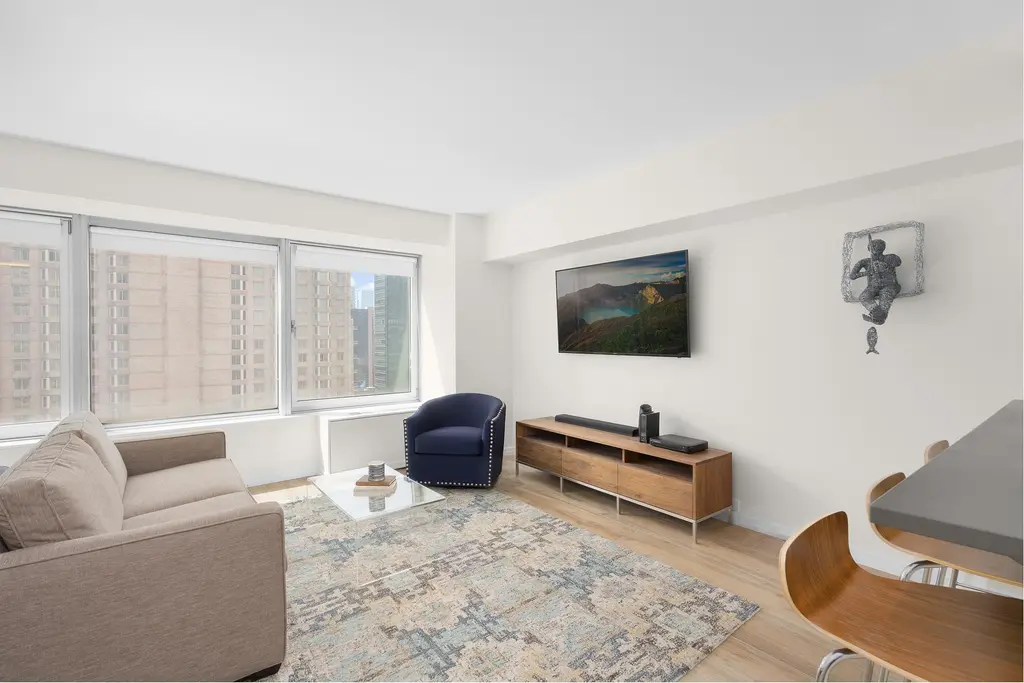
CitySpire, #3109 (Douglas Elliman Real Estate)
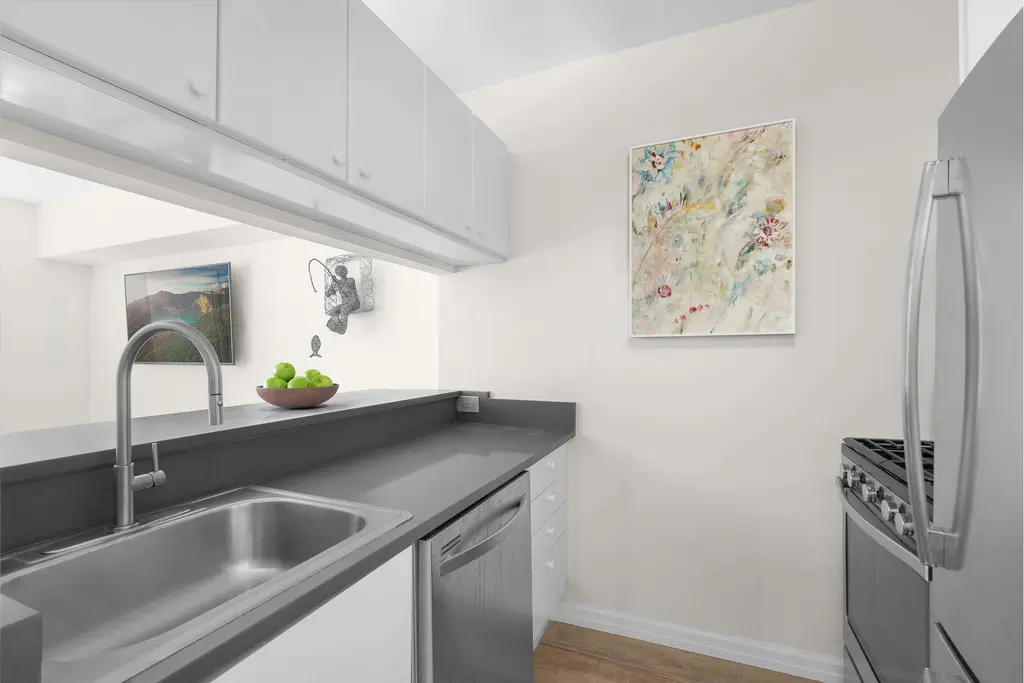
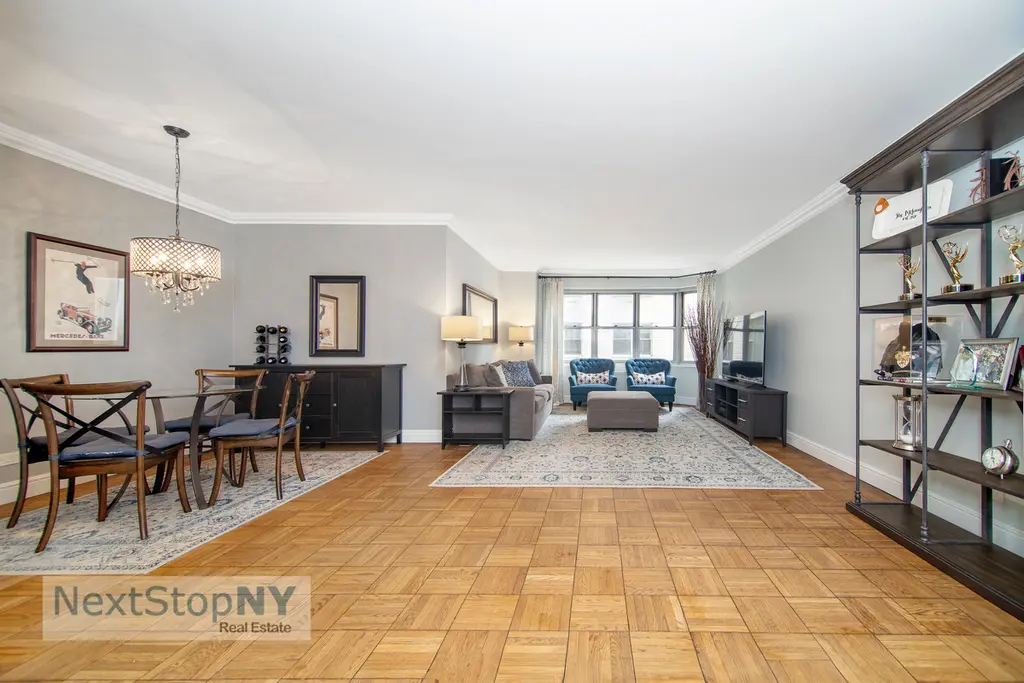
Plaza 400, #9F (Next Stop NY)
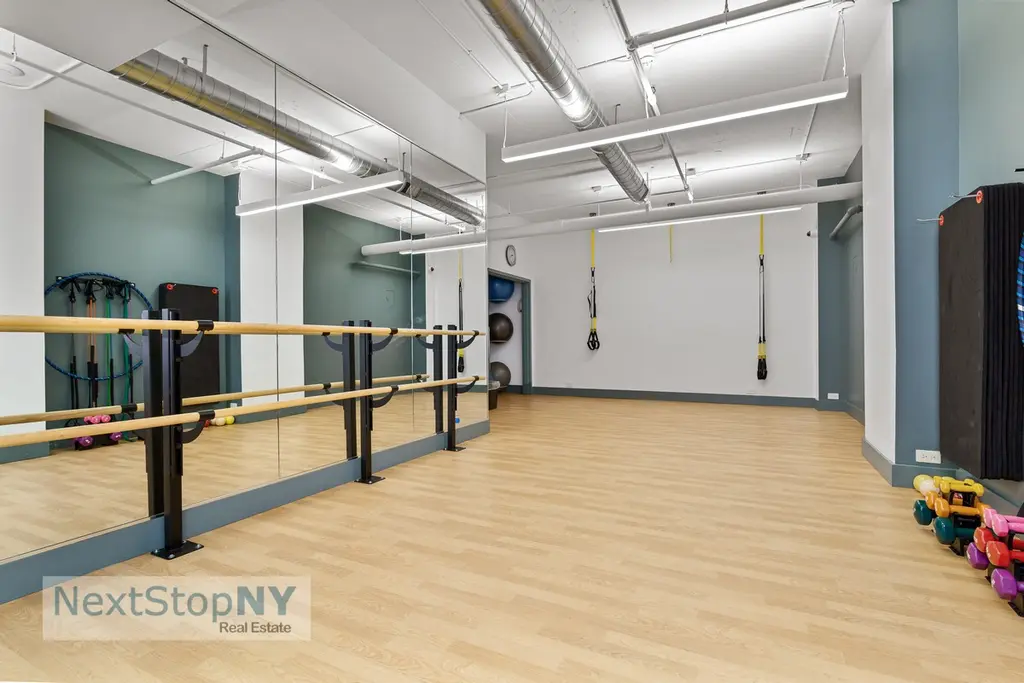
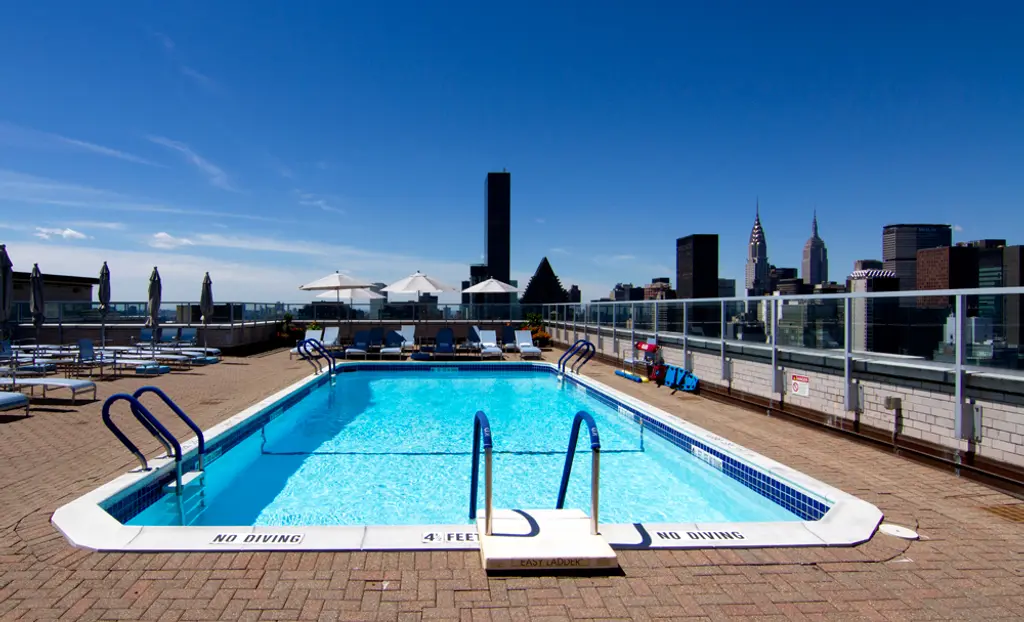
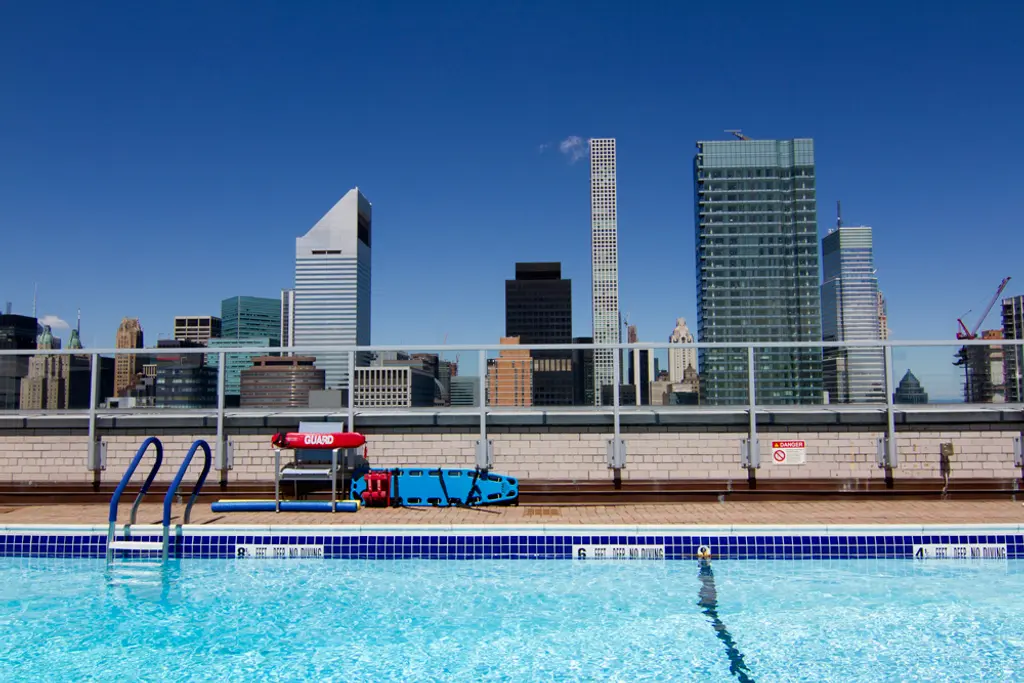
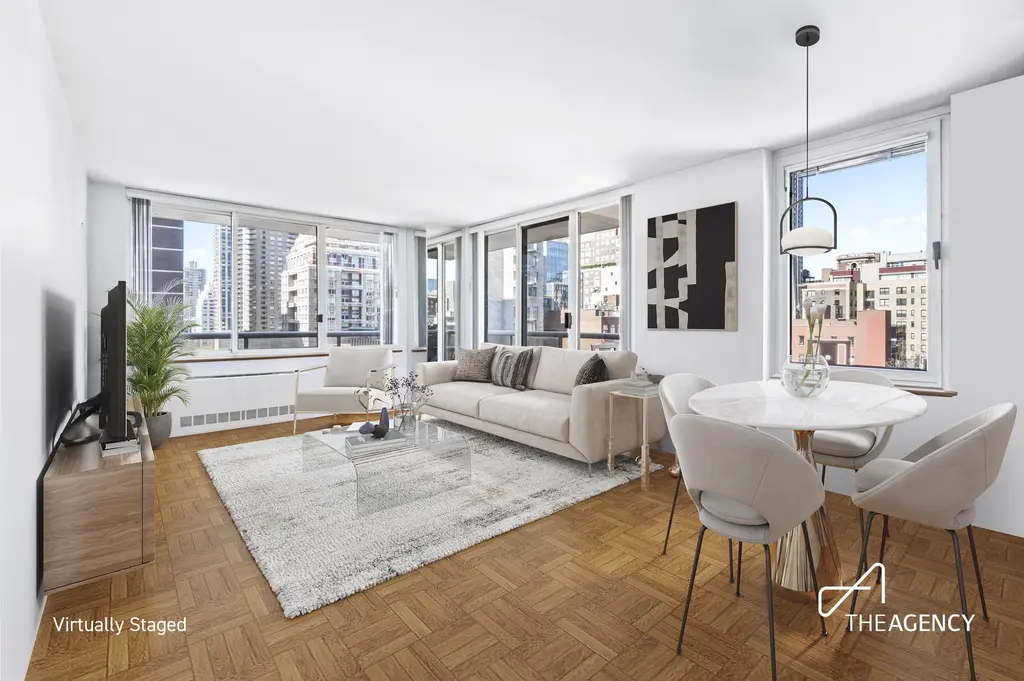
The Monarch, #8B (The Agency Brokerage)
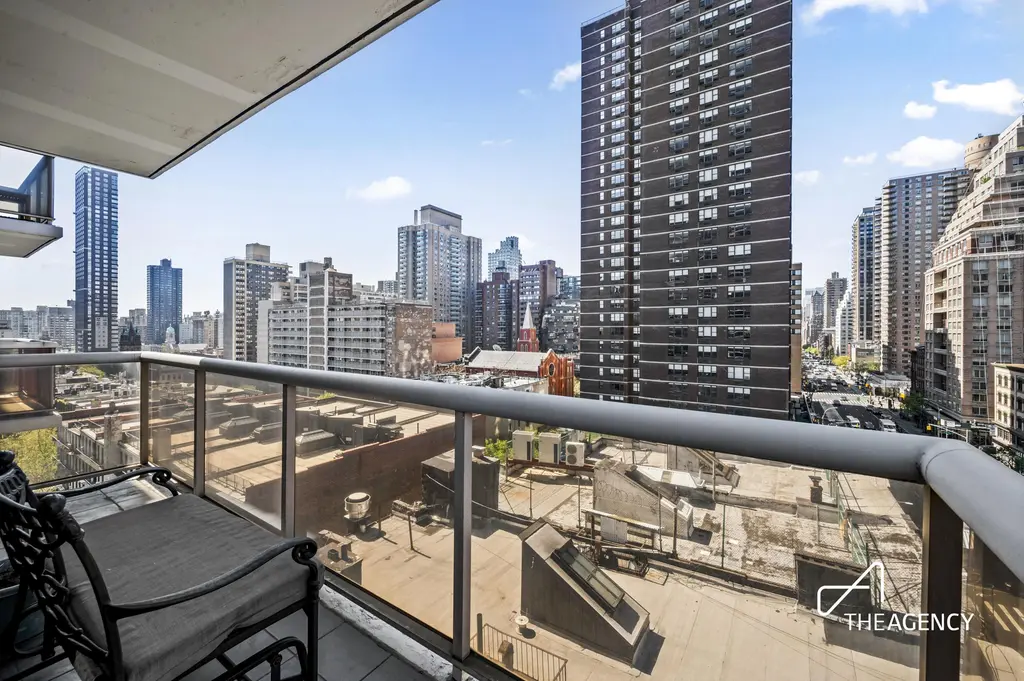
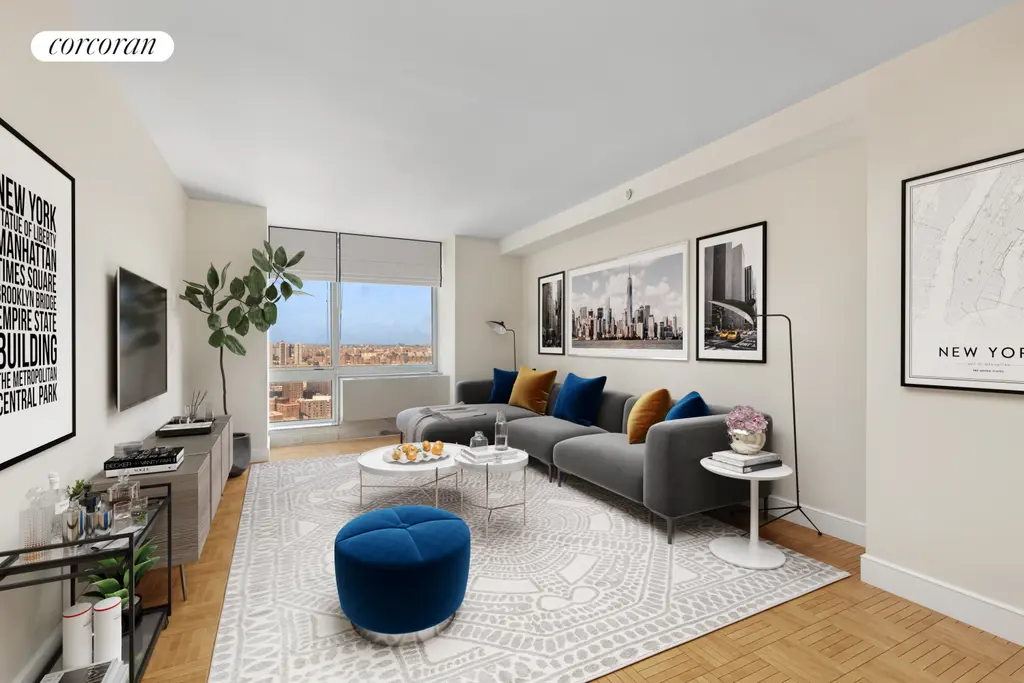
One Carnegie Hill, #35A (Corcoran Group)
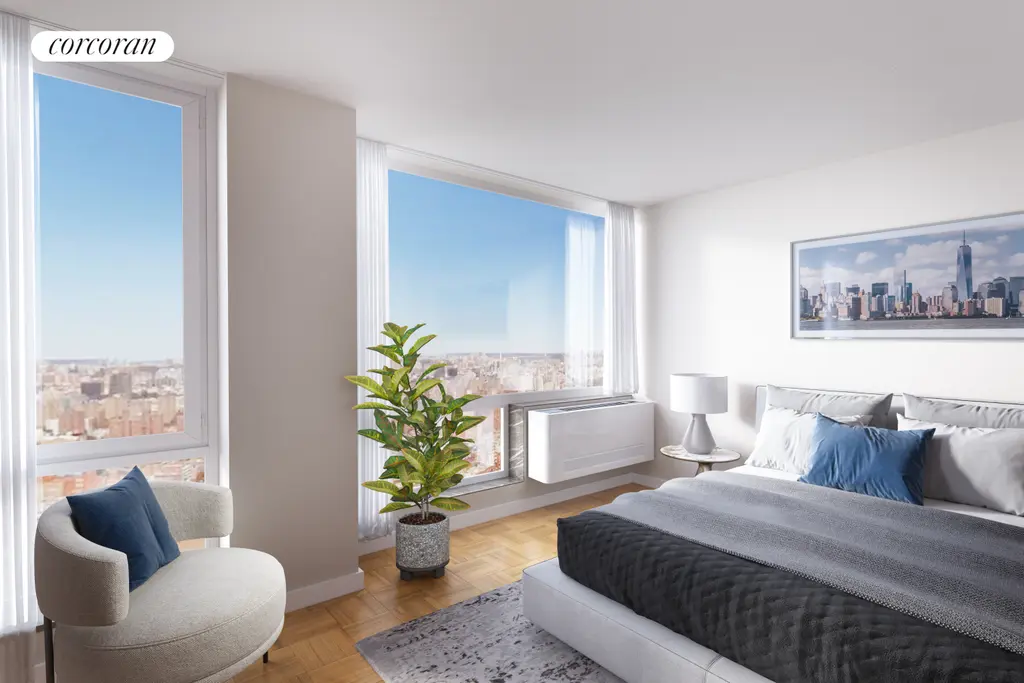
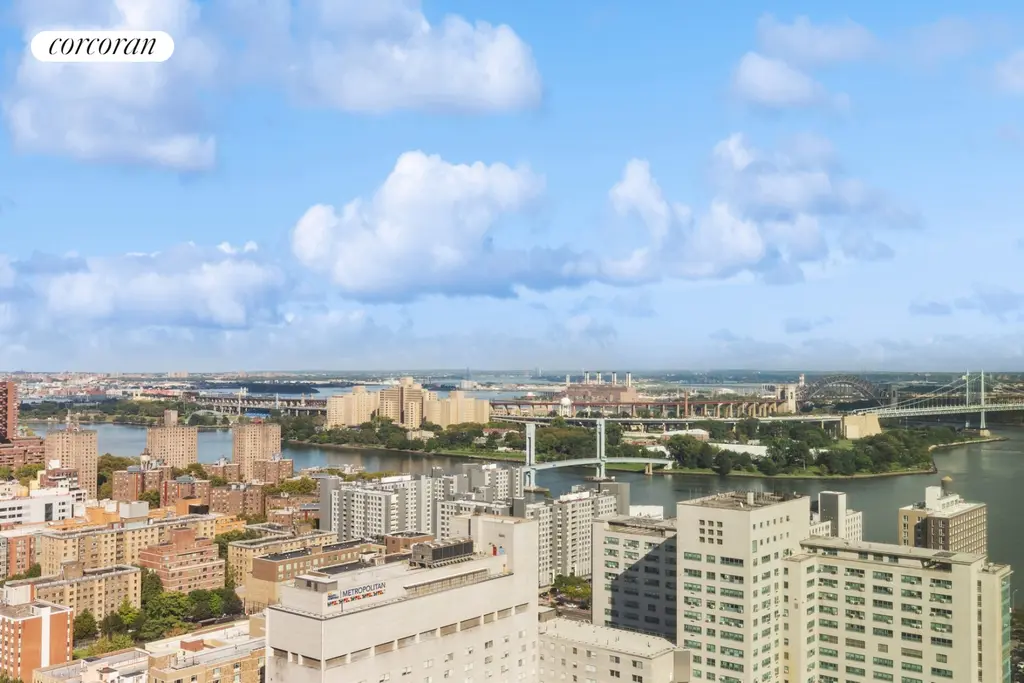
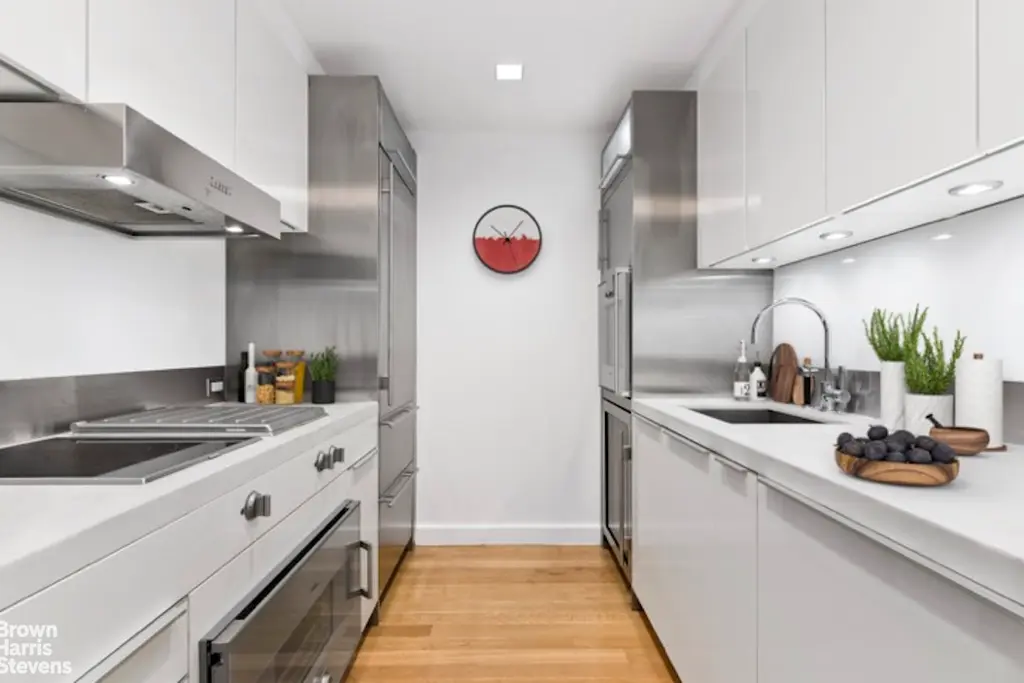
The Laurel, #4E (Brown Harris Stevens Residential Sales LLC)

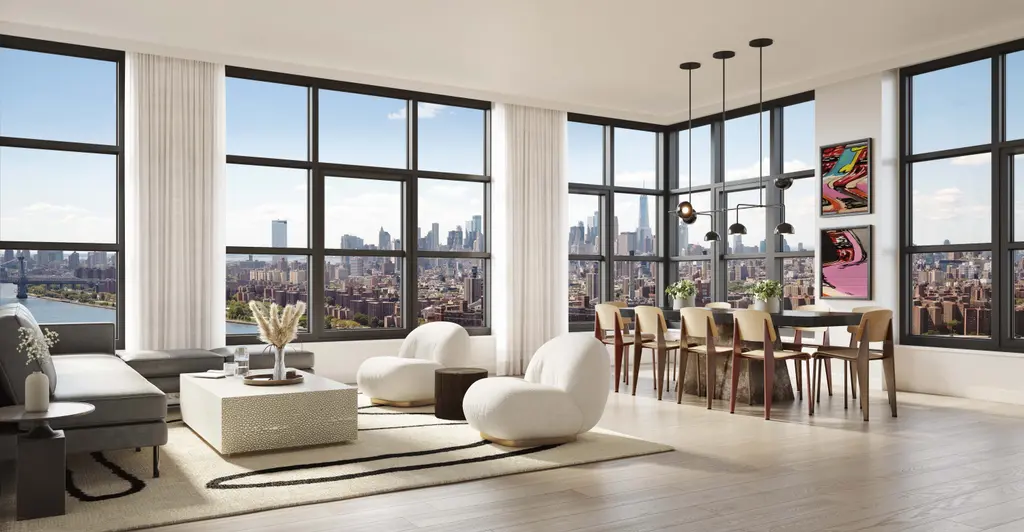
The Huron, #8HW (Serhant LLC)

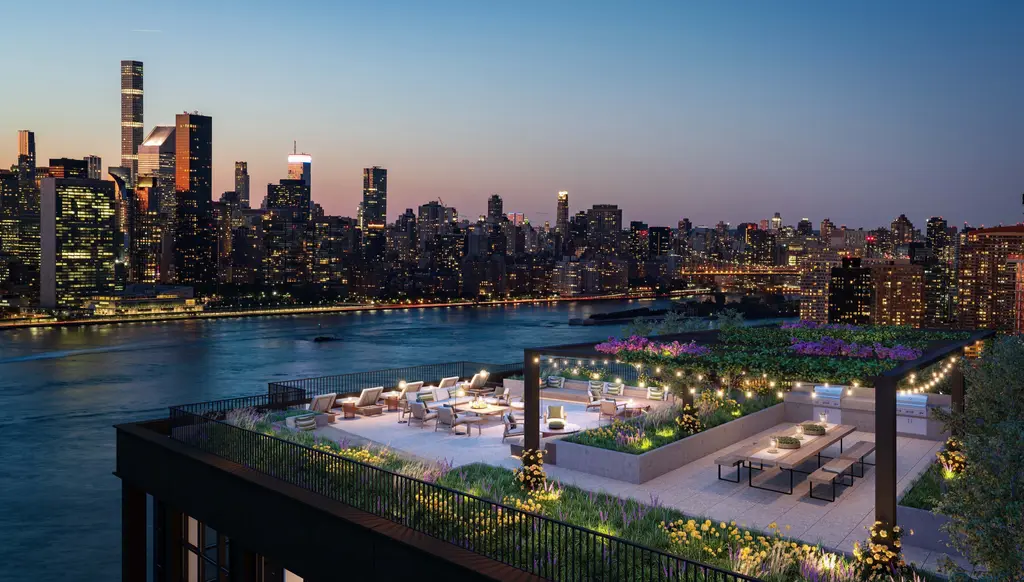
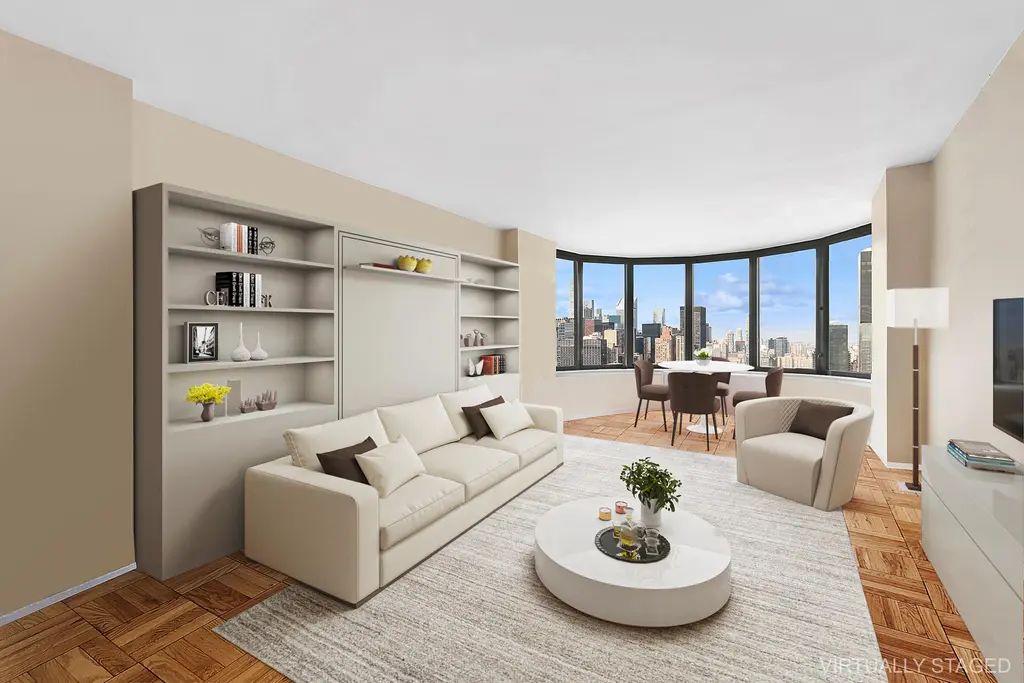
The Corinthian, #55H (Douglas Elliman Real Estate)
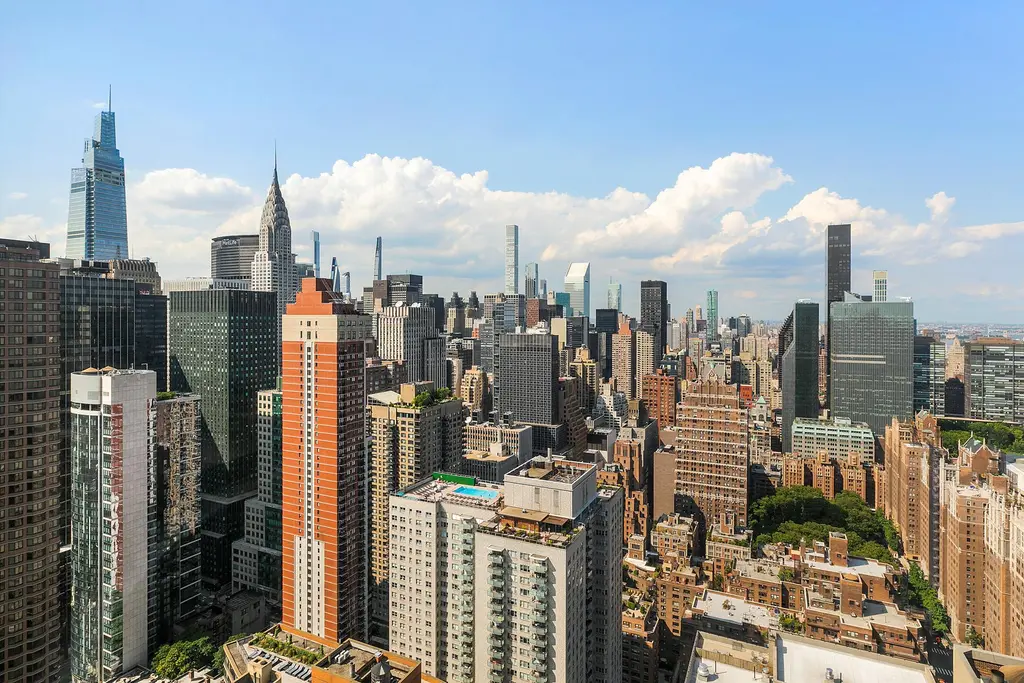
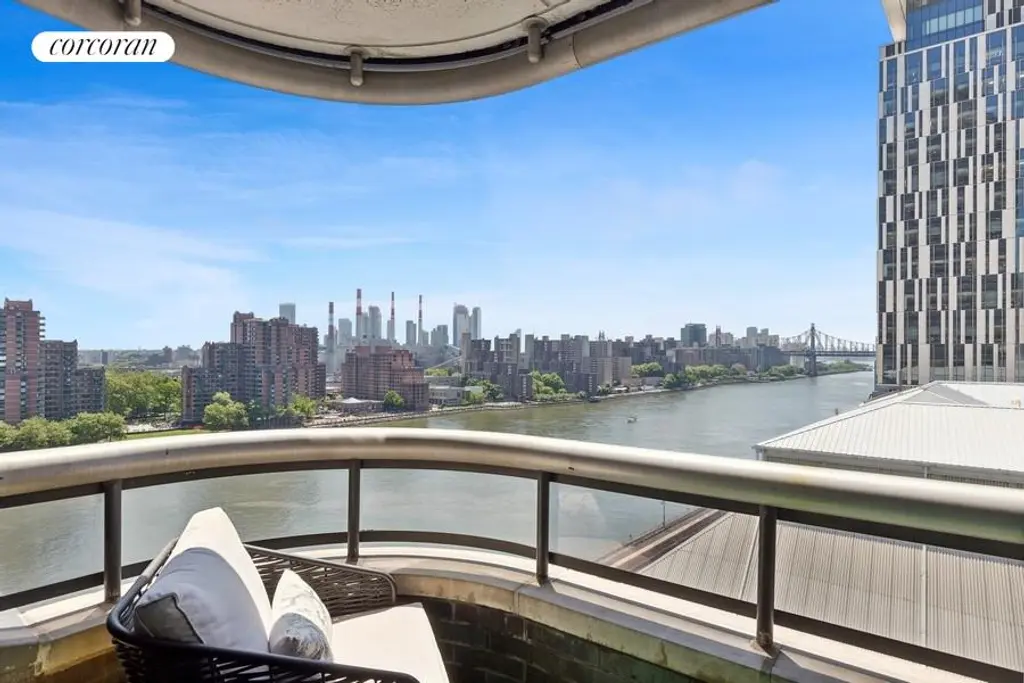
The Promenade, #14J (Corcoran Group)
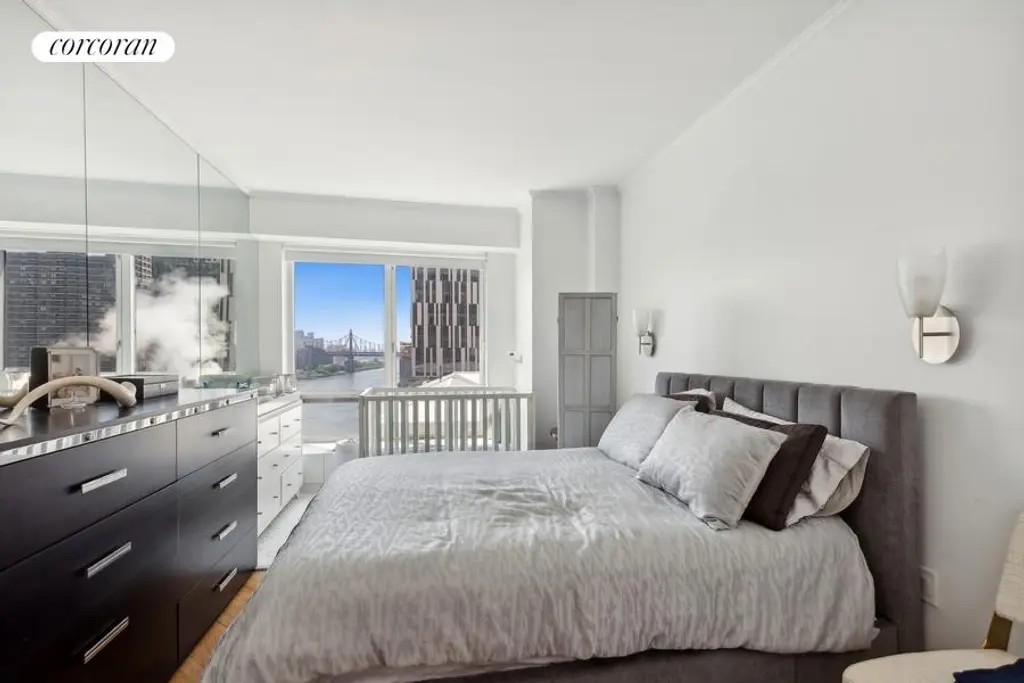
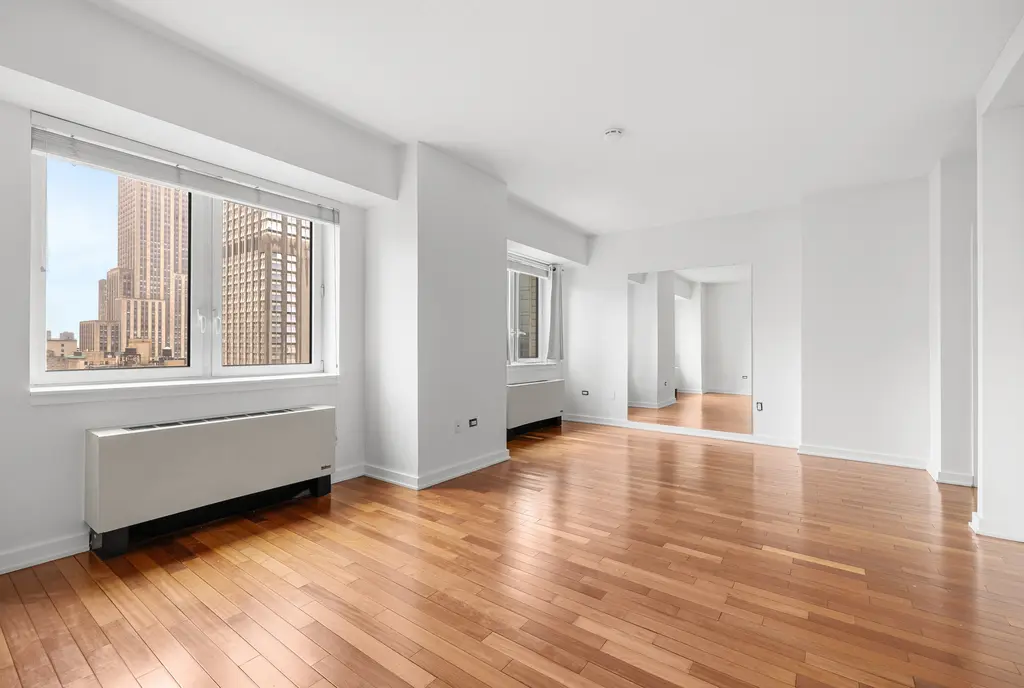
425 Fifth Avenue, #24C (City Sphere)
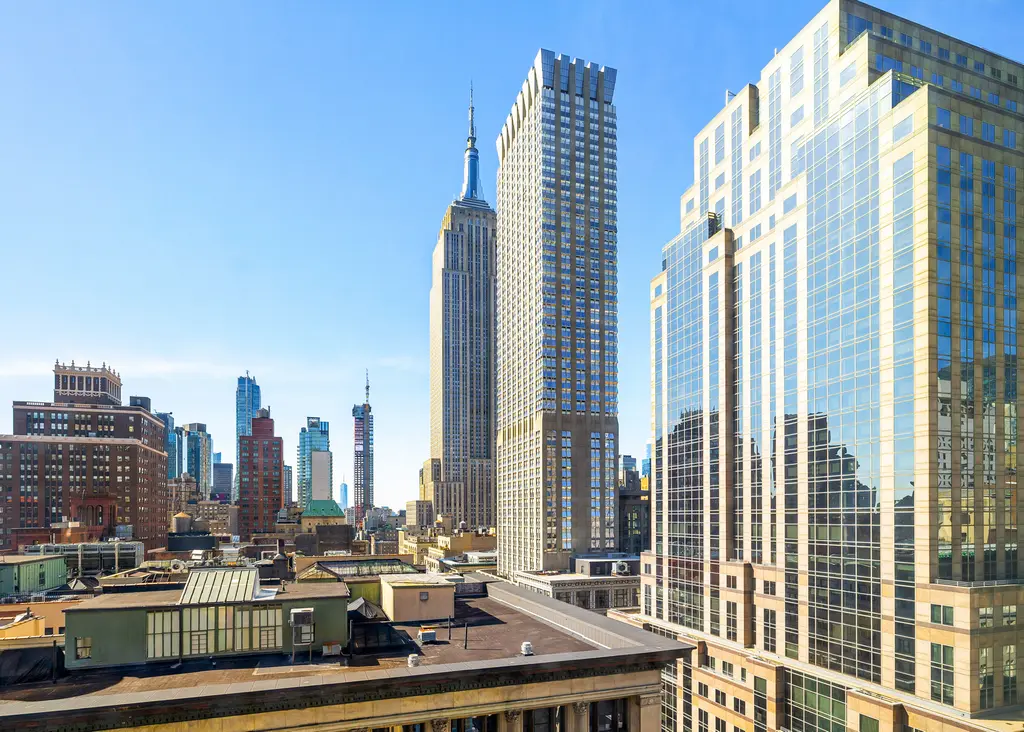
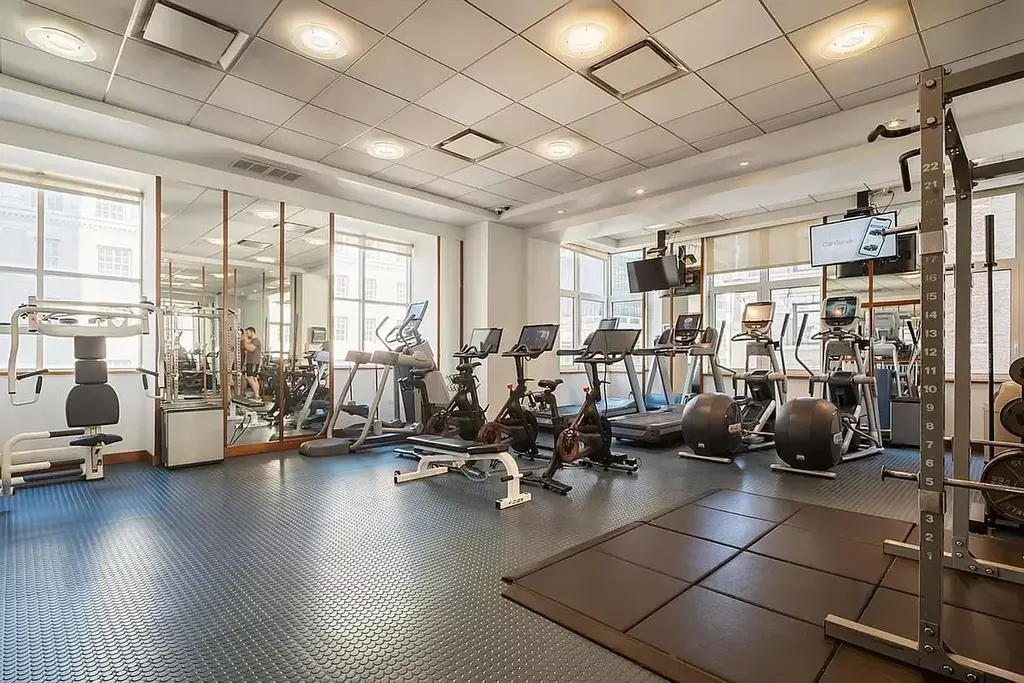
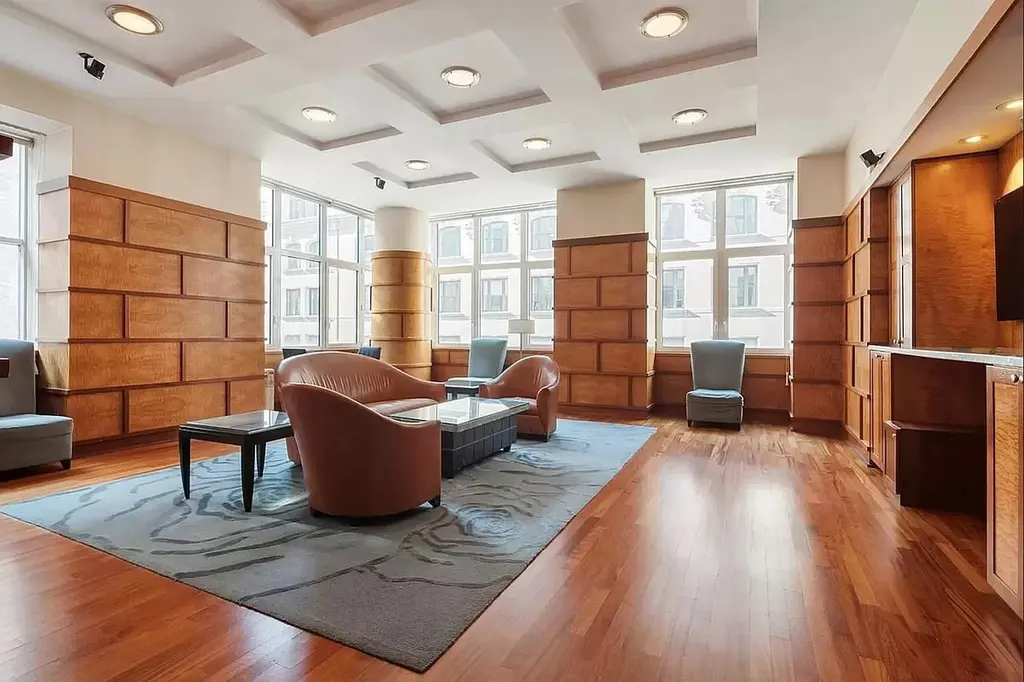
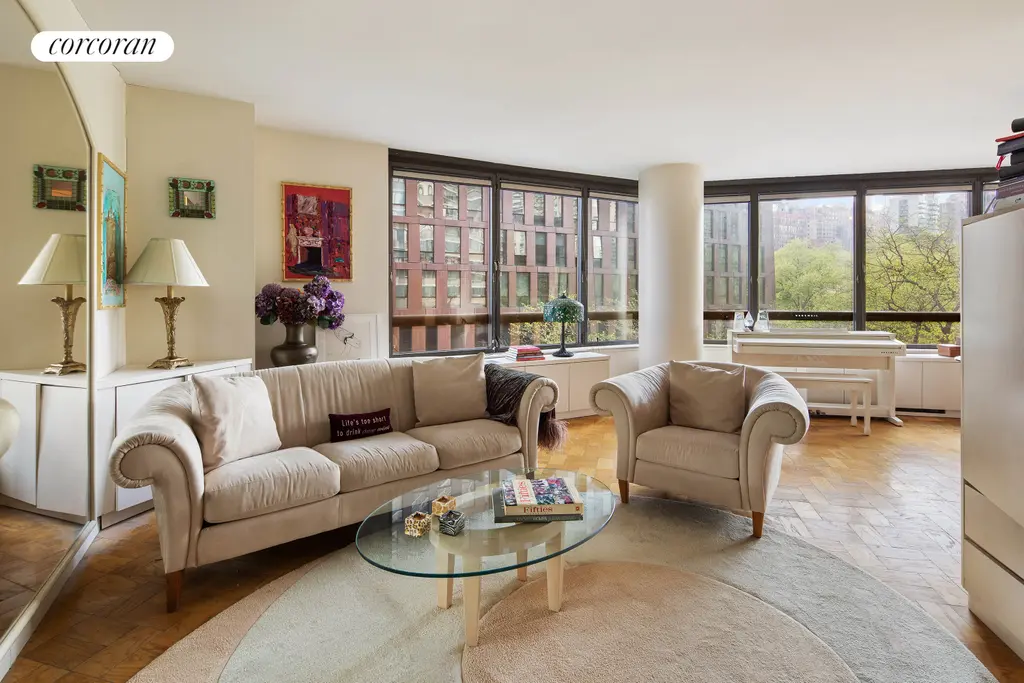
Manhattan Place, #5E (Corcoran Group)
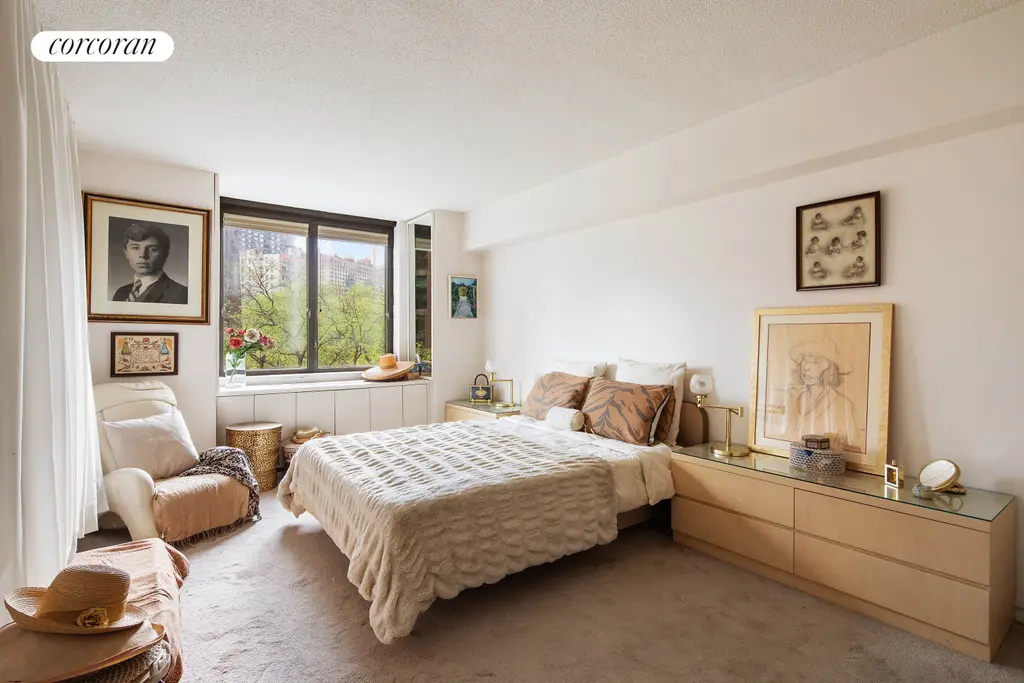
Downtown by Starck, #902
$899,000 (-9.9%)
Financial District | Condominium | 1 Bedroom, 1 Bath | 943 ft2
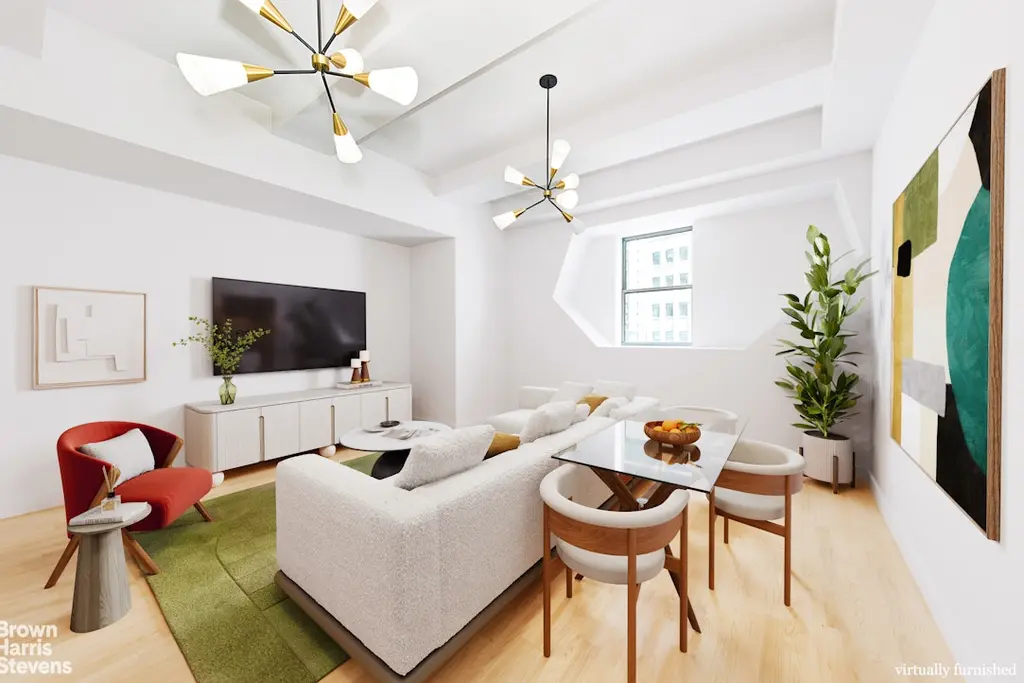
Downtown by Starck, #902 (Brown Harris Stevens Residential Sales LLC)

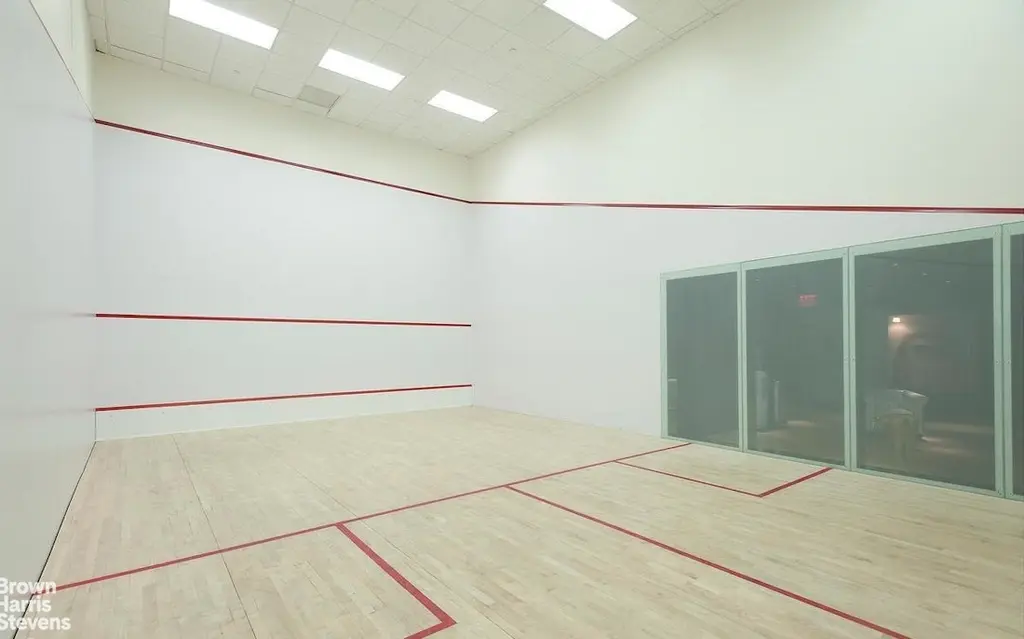


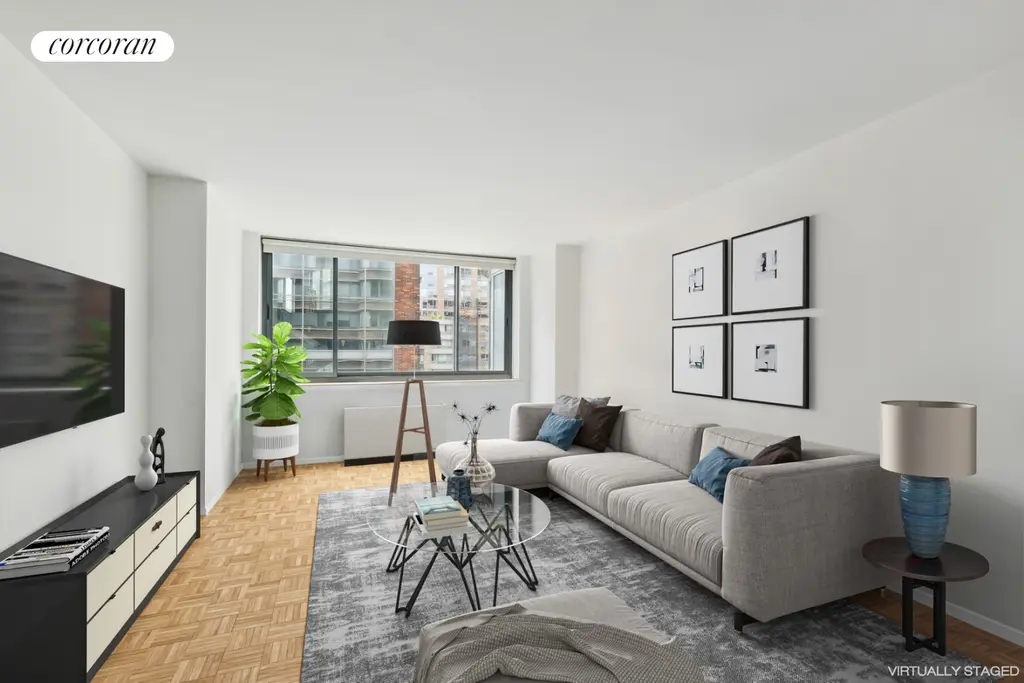
The Copley, #5G (Corcoran Group)
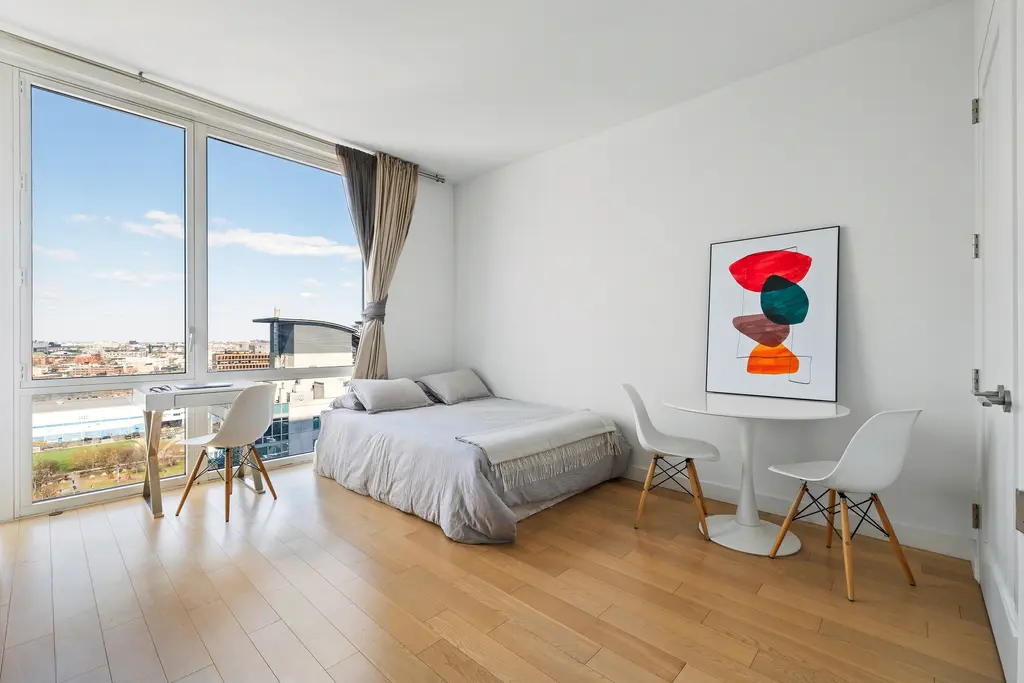
The Edge South Tower, #21F (Nest Seekers LLC)
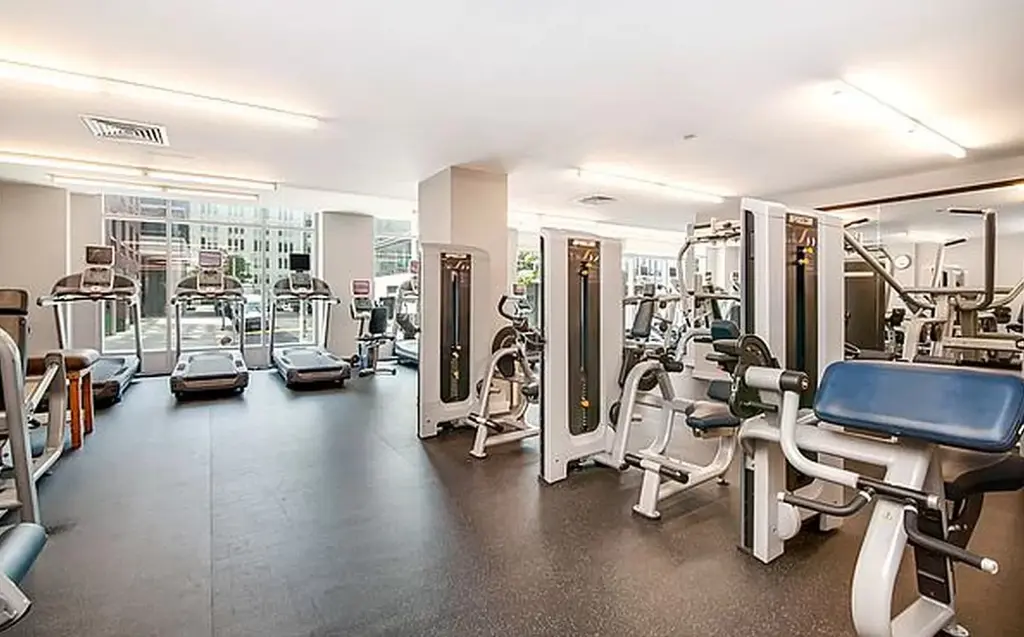

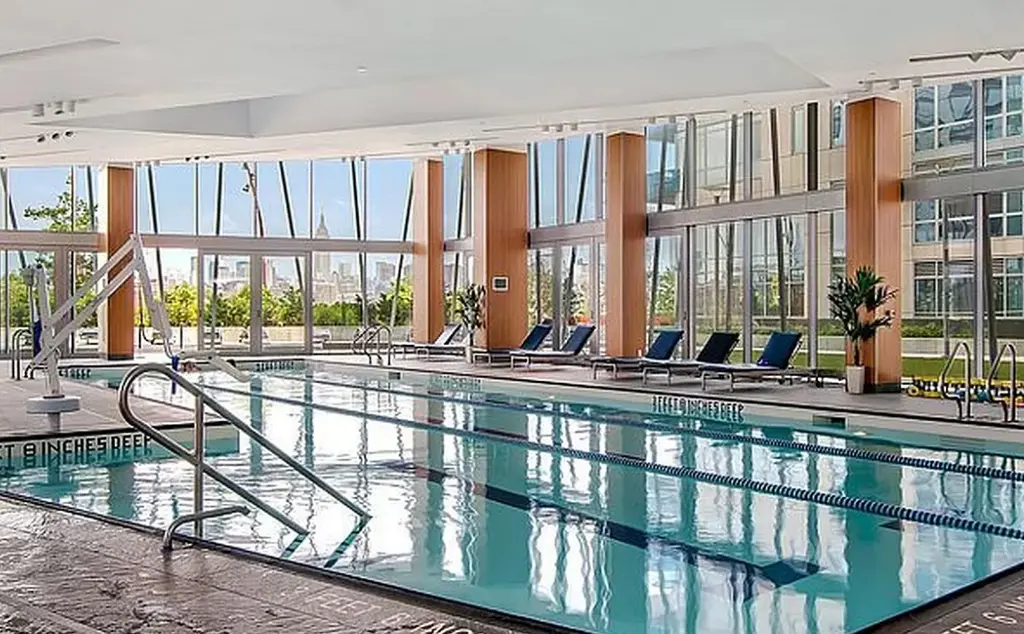
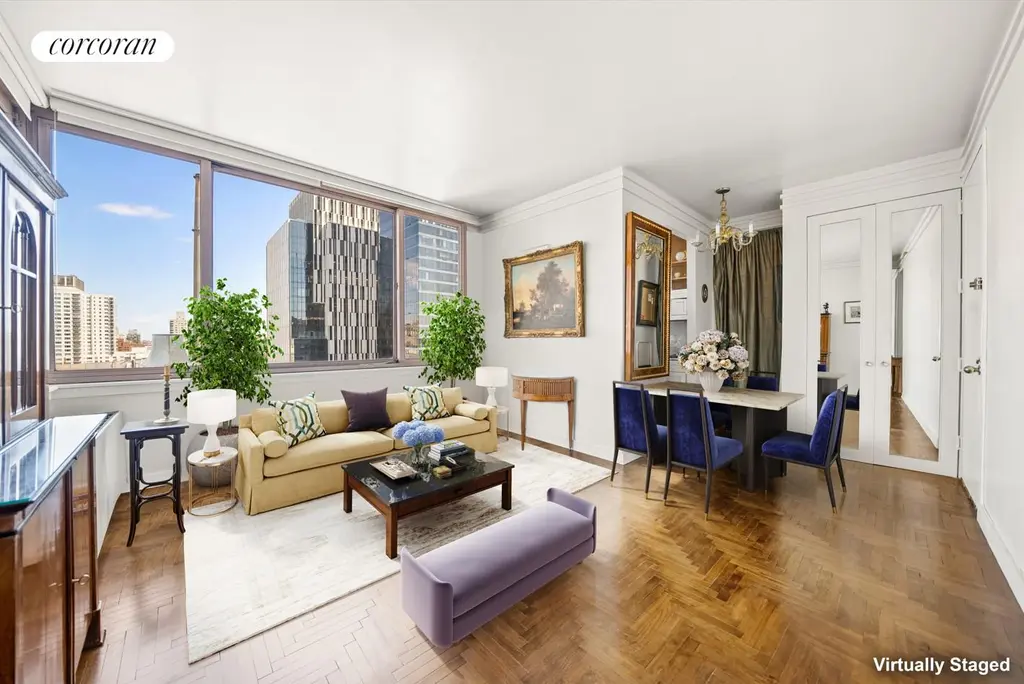
The Belaire, #24E (Corcoran Group)
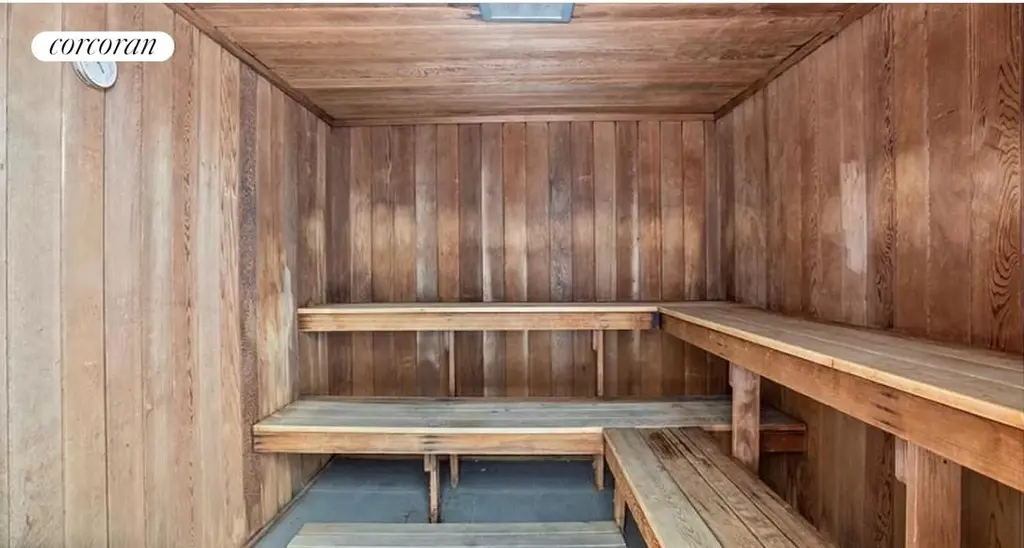
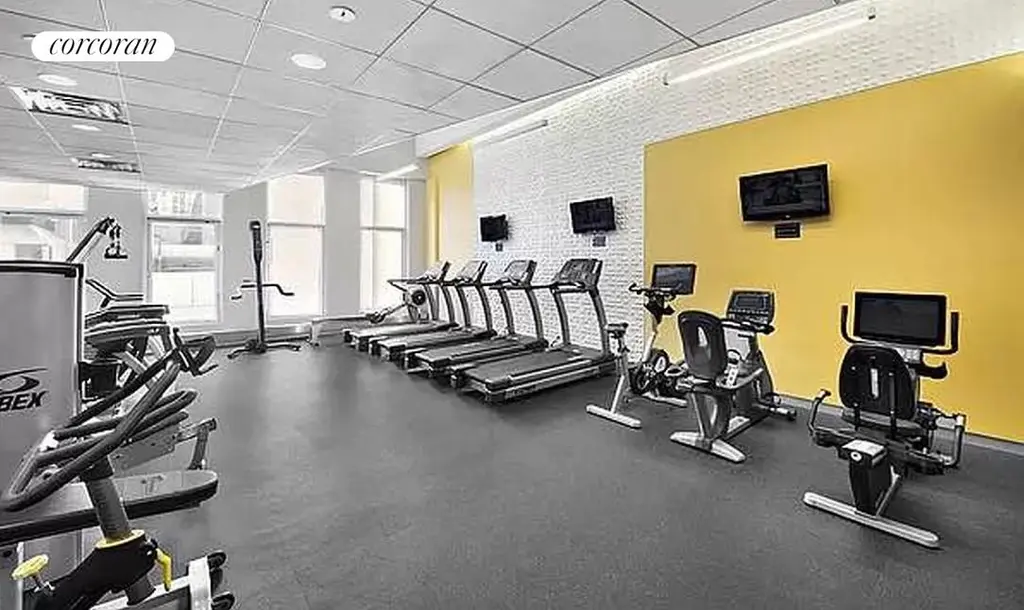
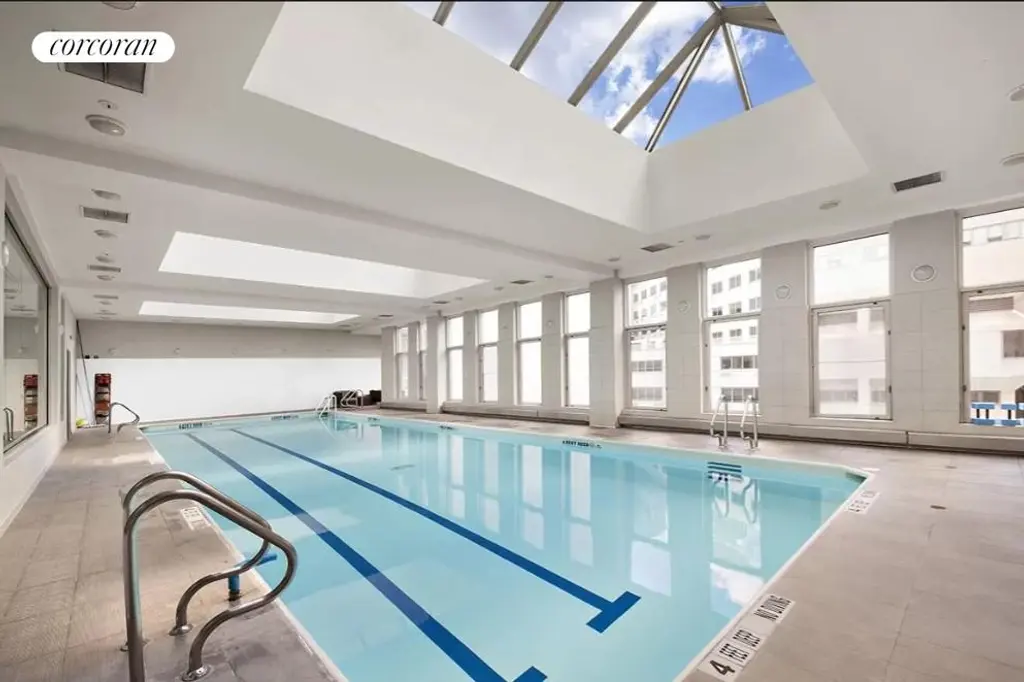
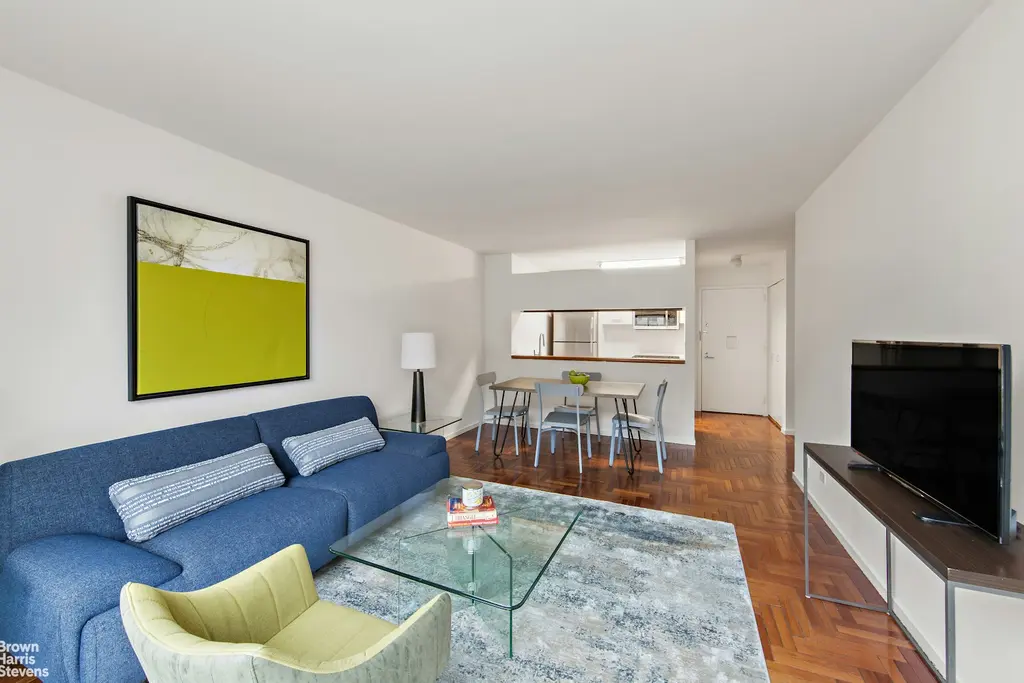
The Boulevard, #1404 (Brown Harris Stevens Residential Sales LLC)
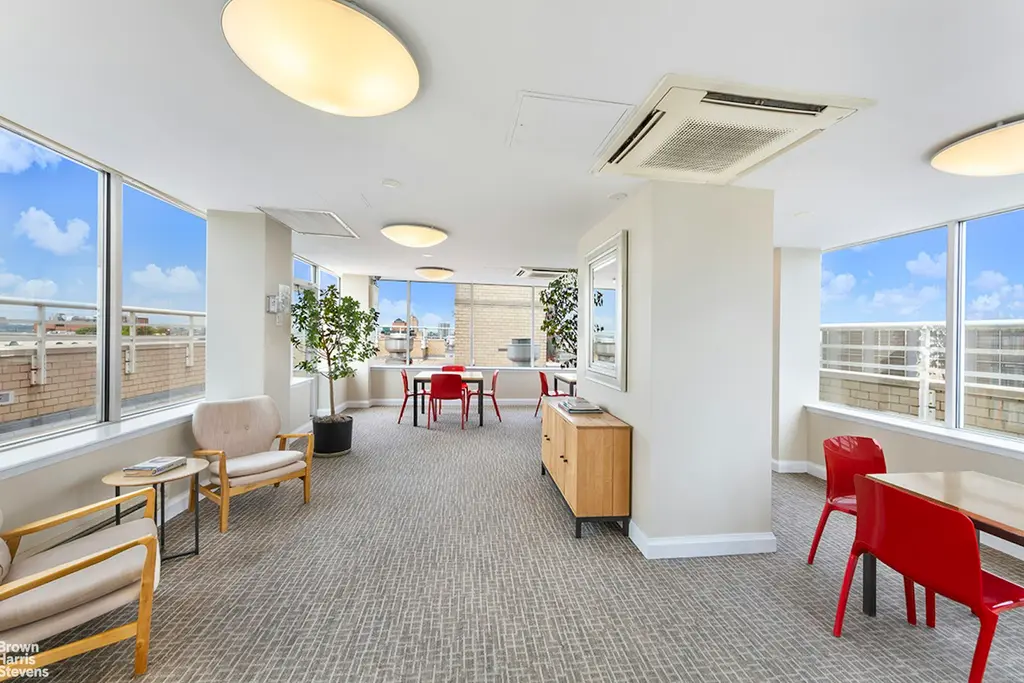
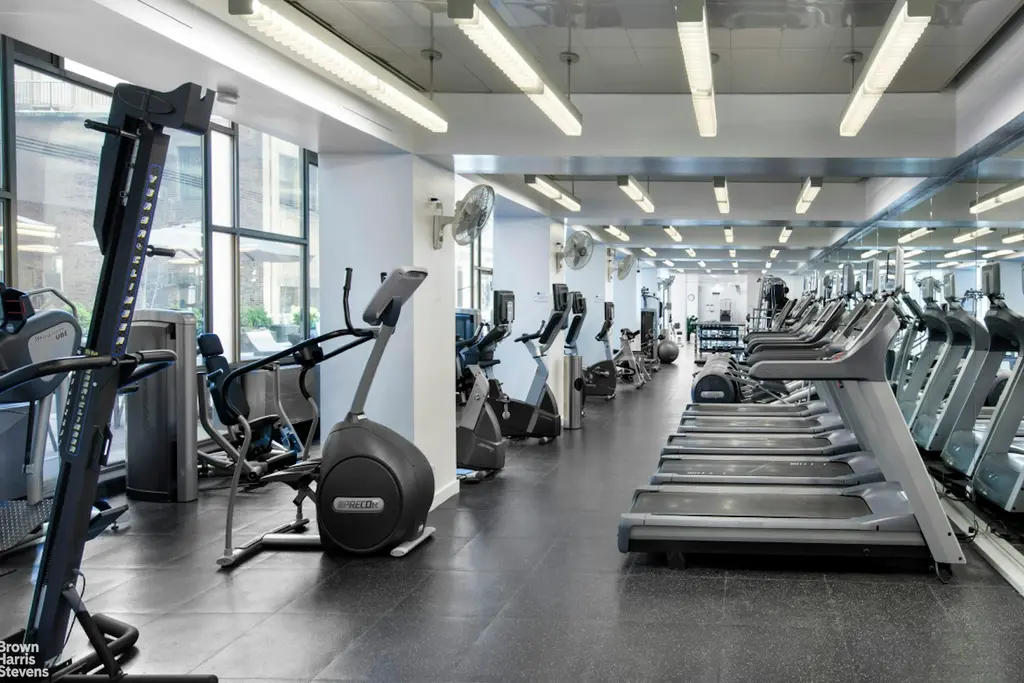
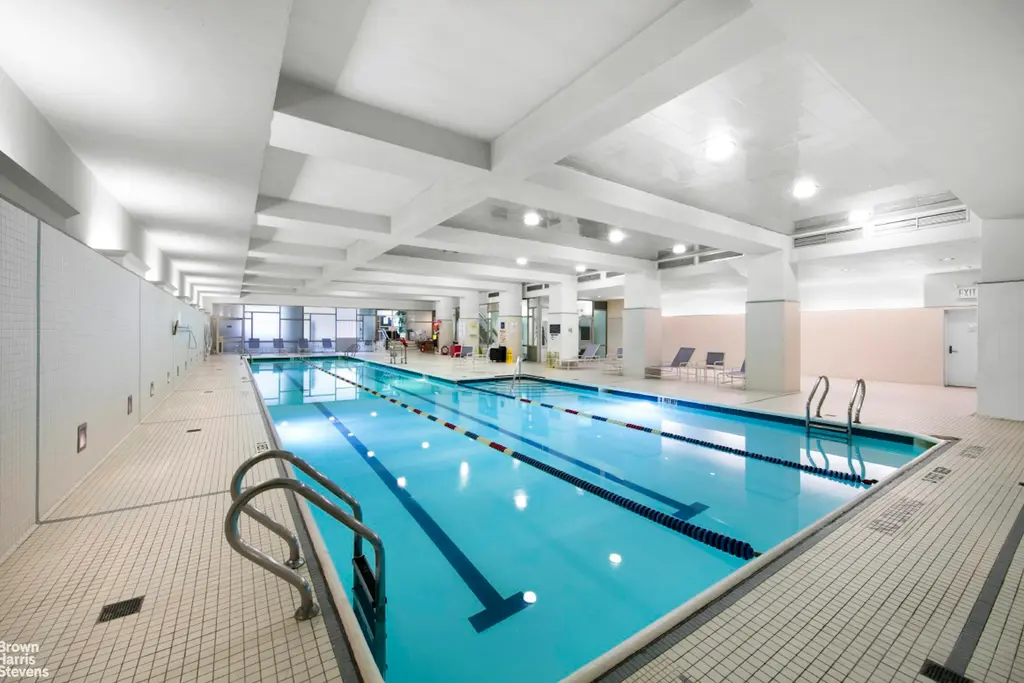
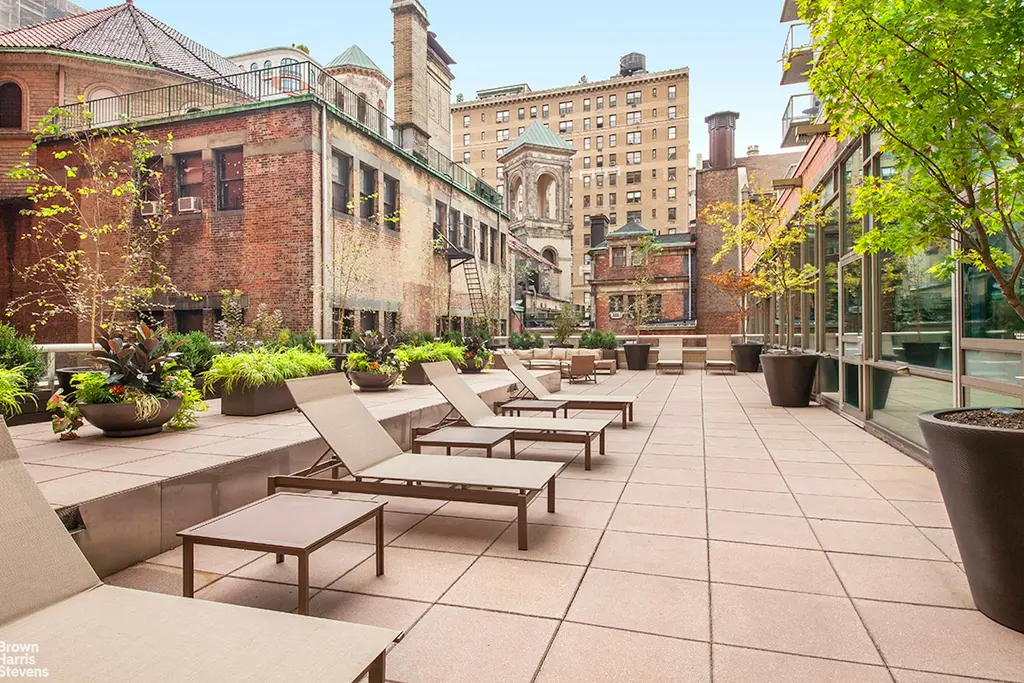
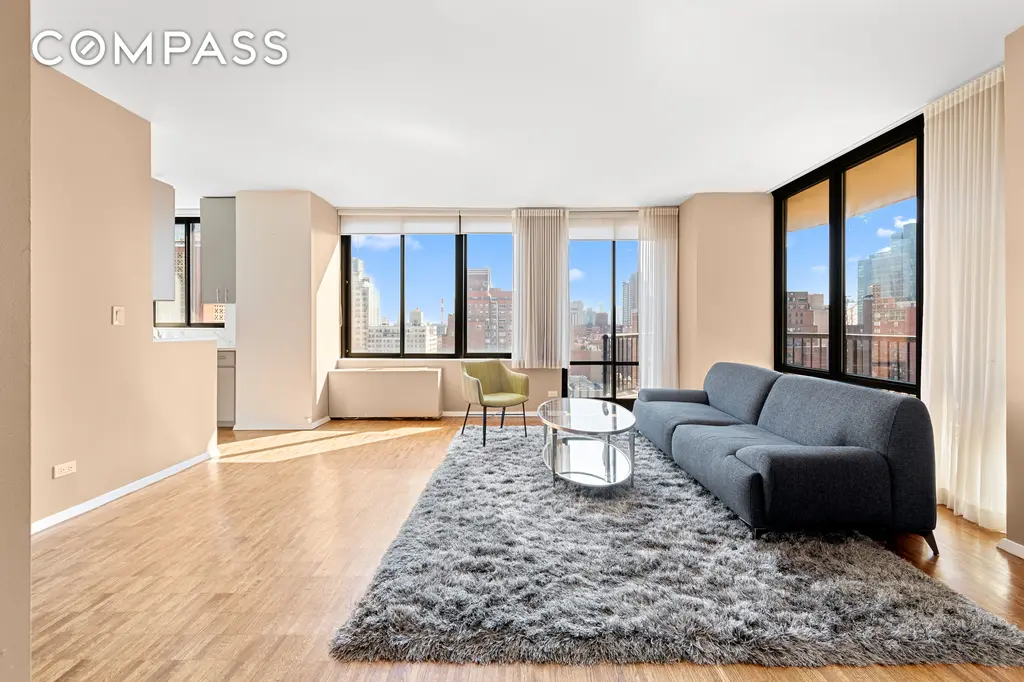
The Rio, #15C (Compass)
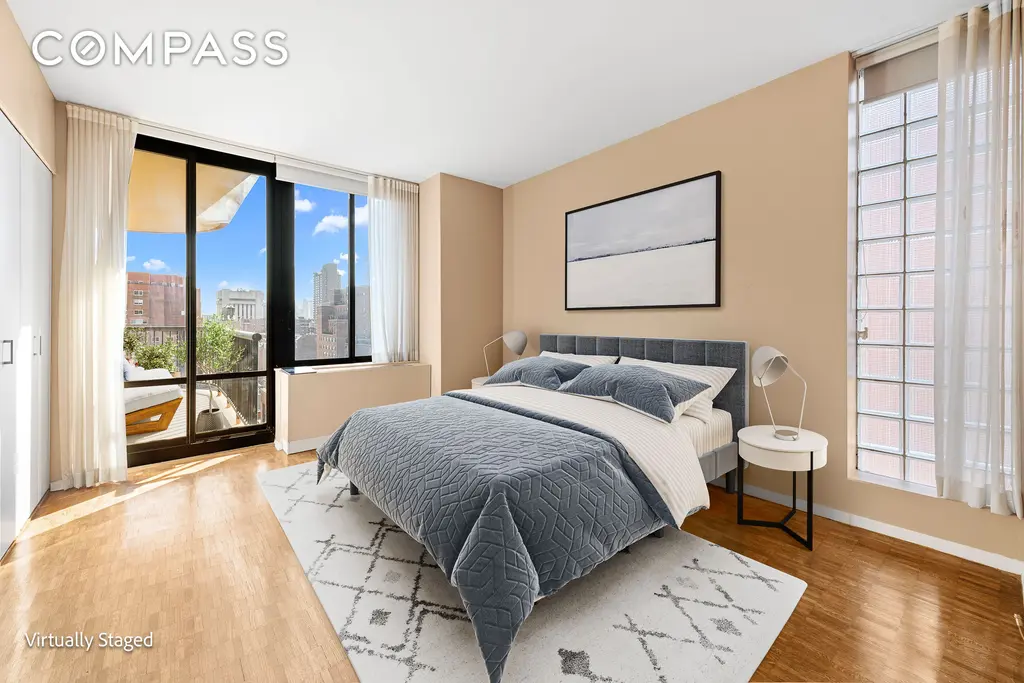

Sheffield 57, #25K (Keller Williams NYC)
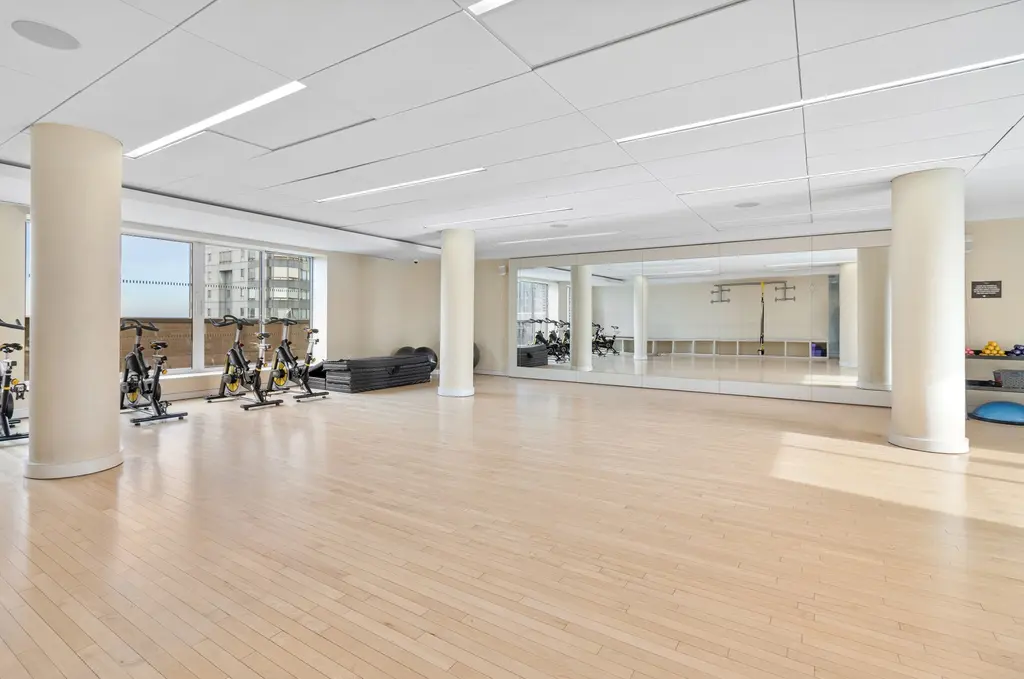
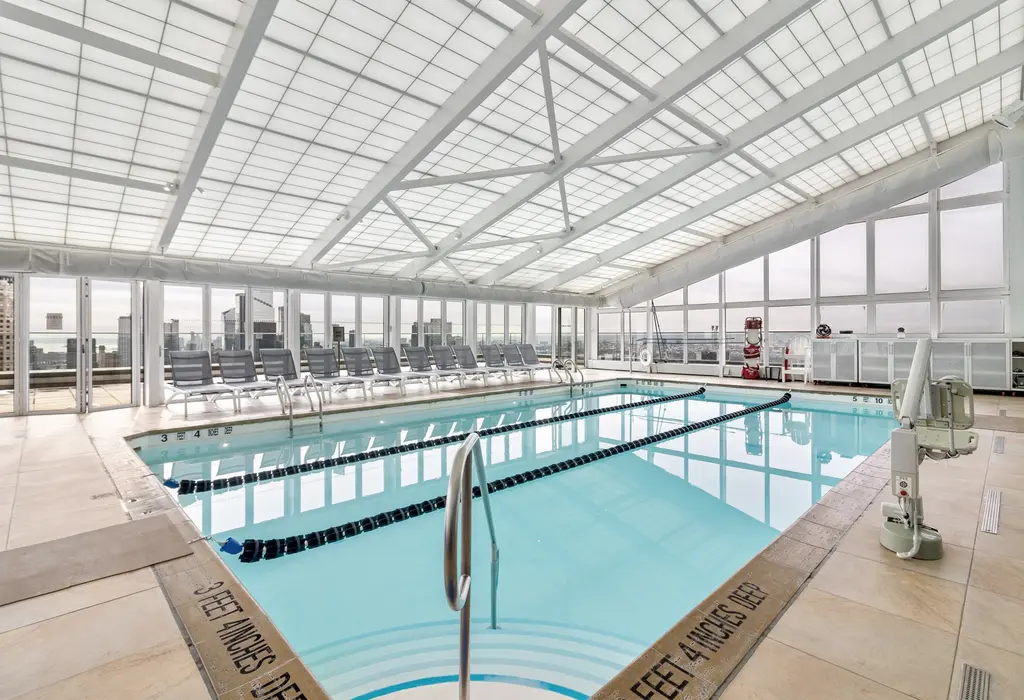
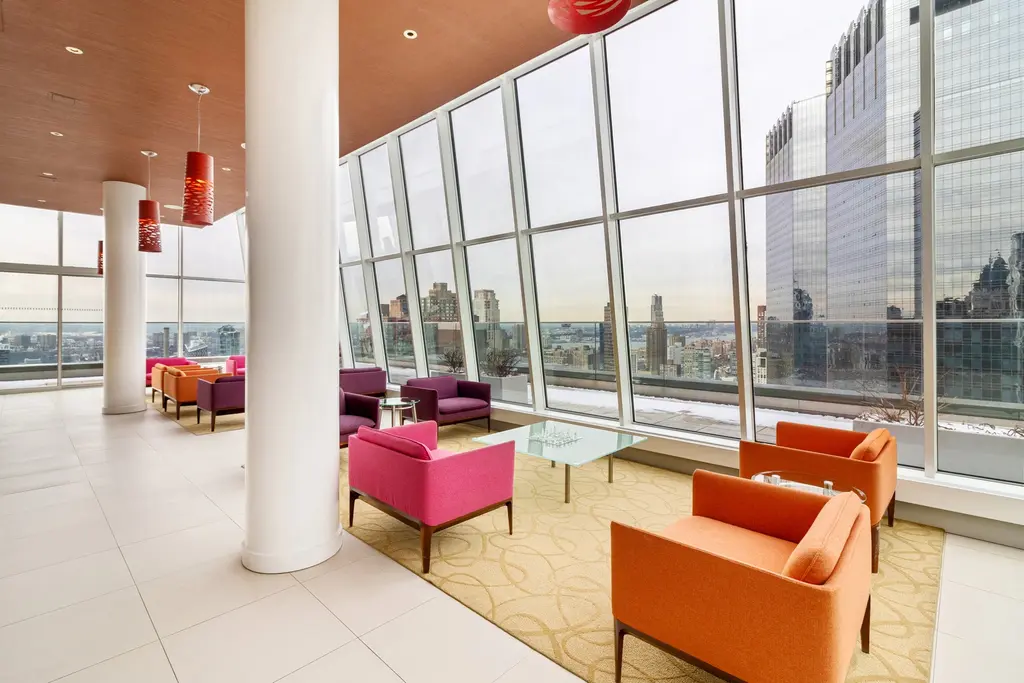
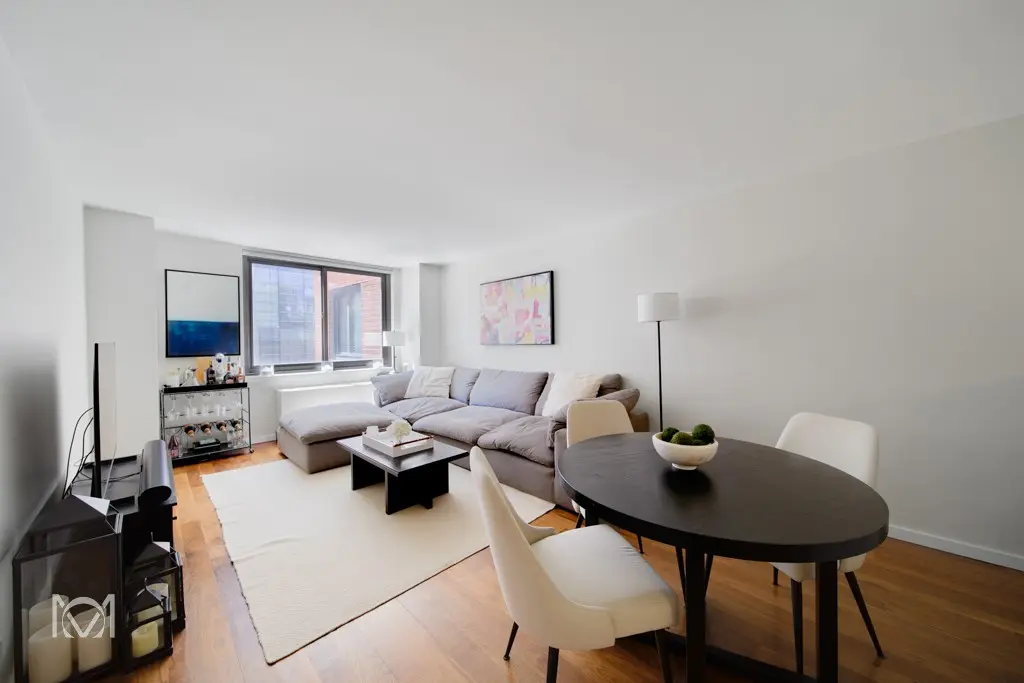
515 East 72nd Street, #4K (Keller Williams NYC)
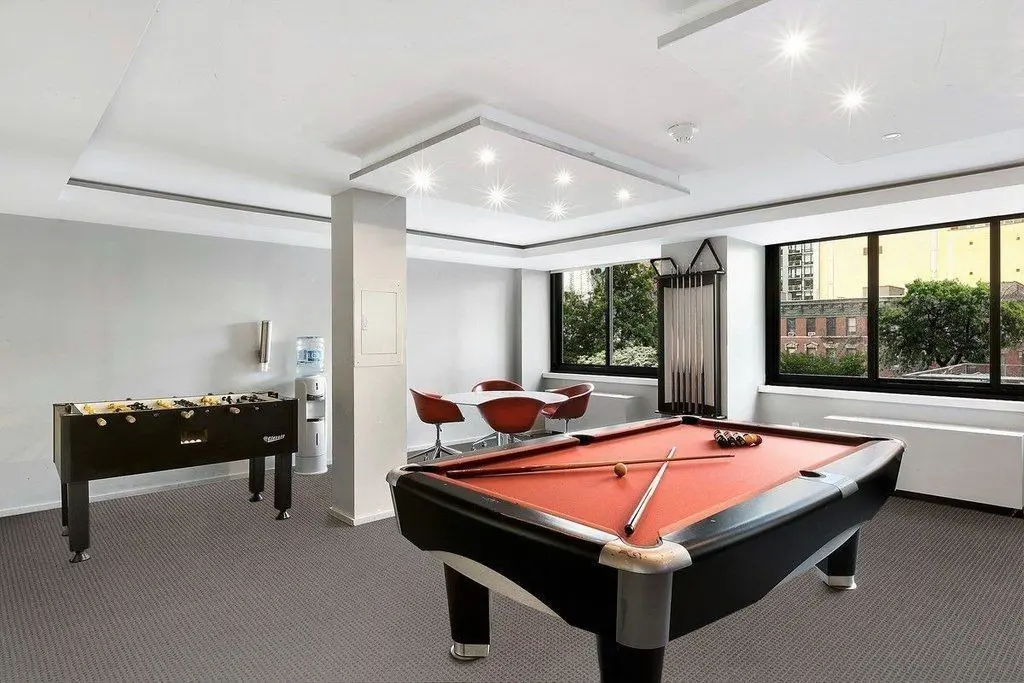
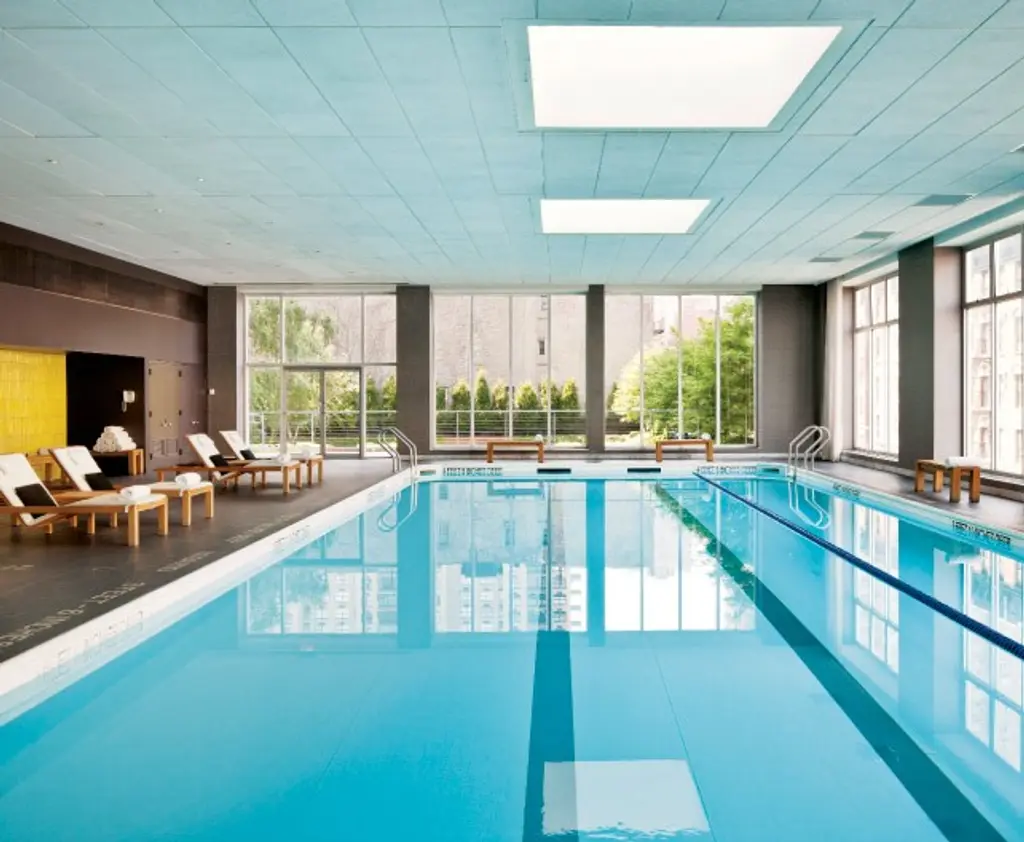

District, #819 (GRIDIRON REALTY GROUP LLC)


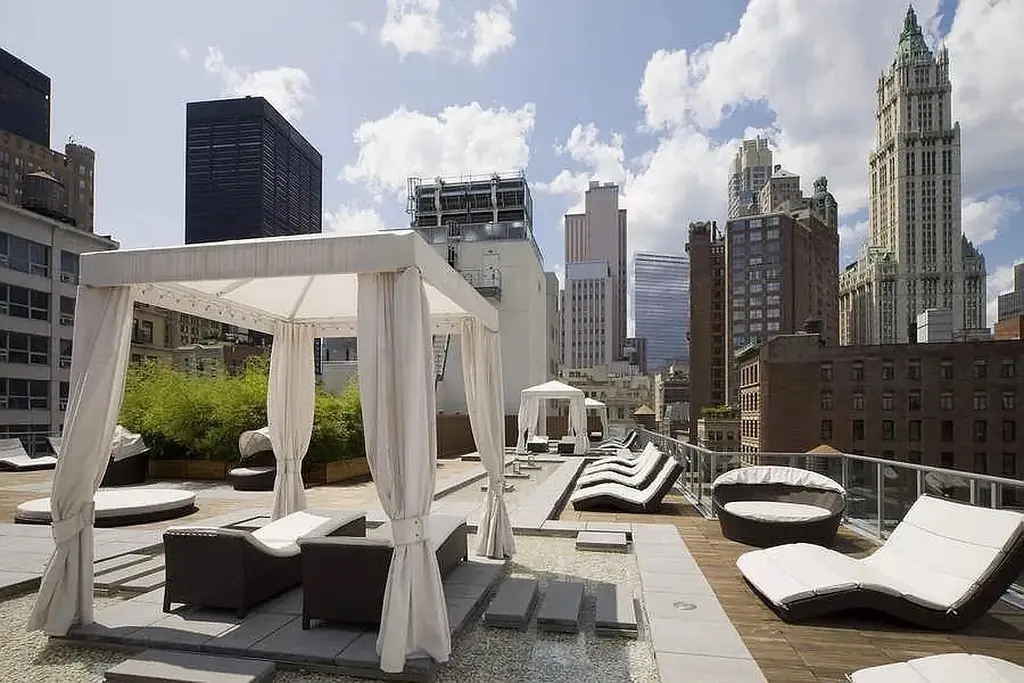
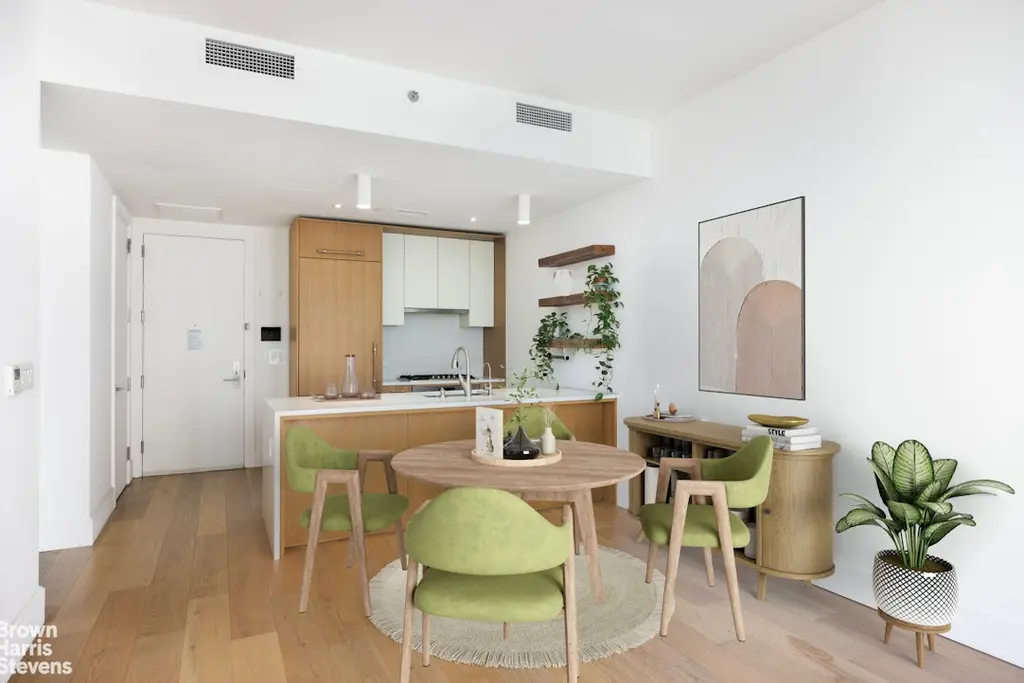
GALERIE, #618 (Brown Harris Stevens Brooklyn LLC)
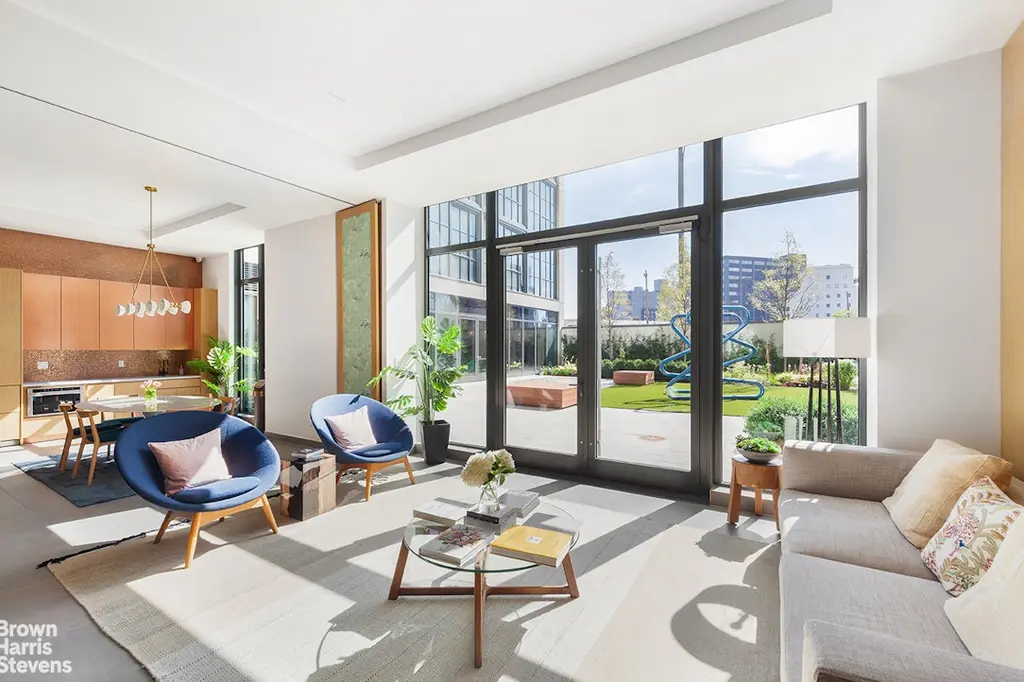
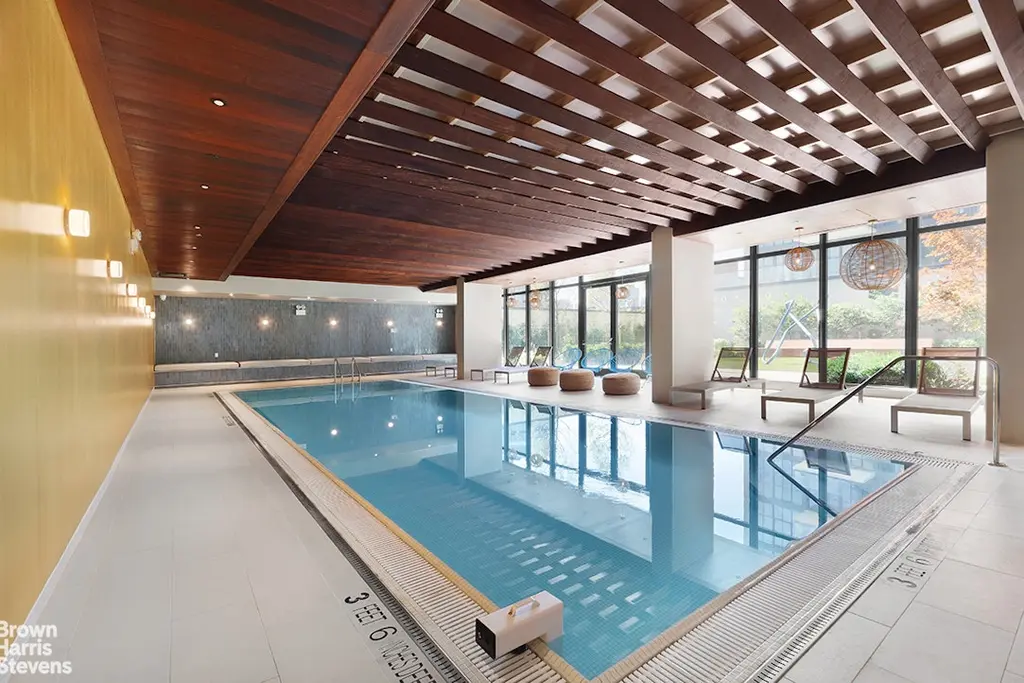
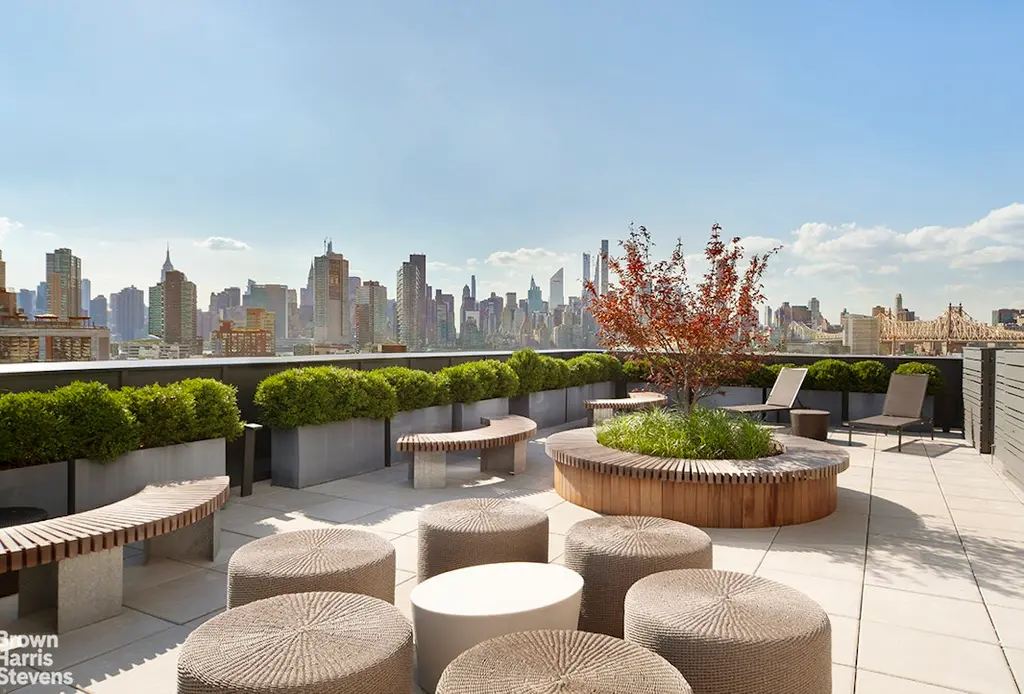
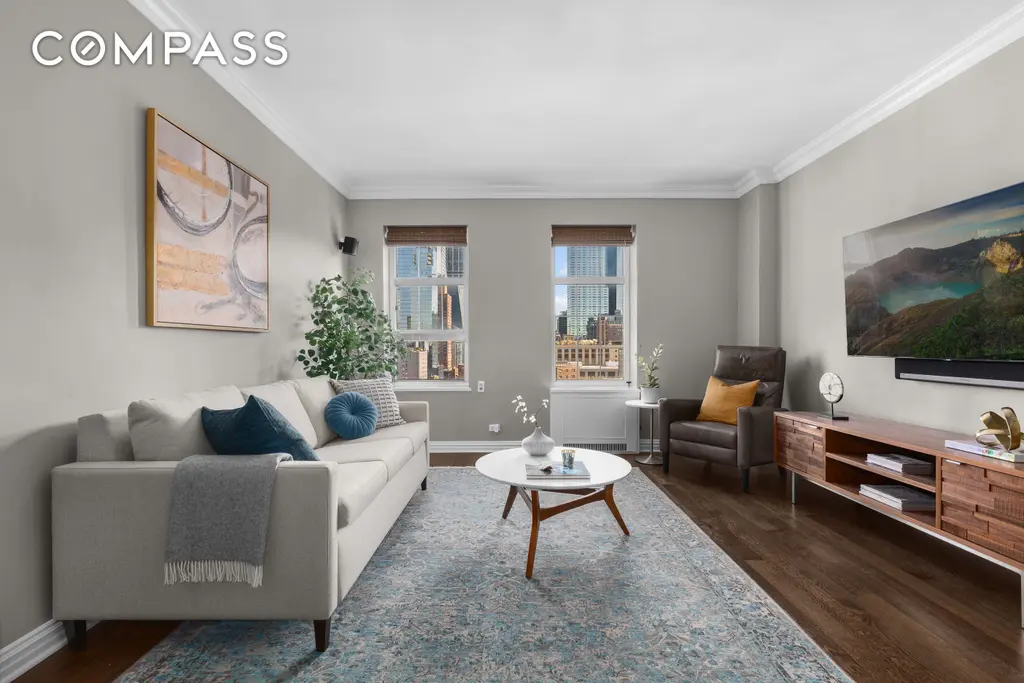
London Terrace Towers, #16H (Compass)
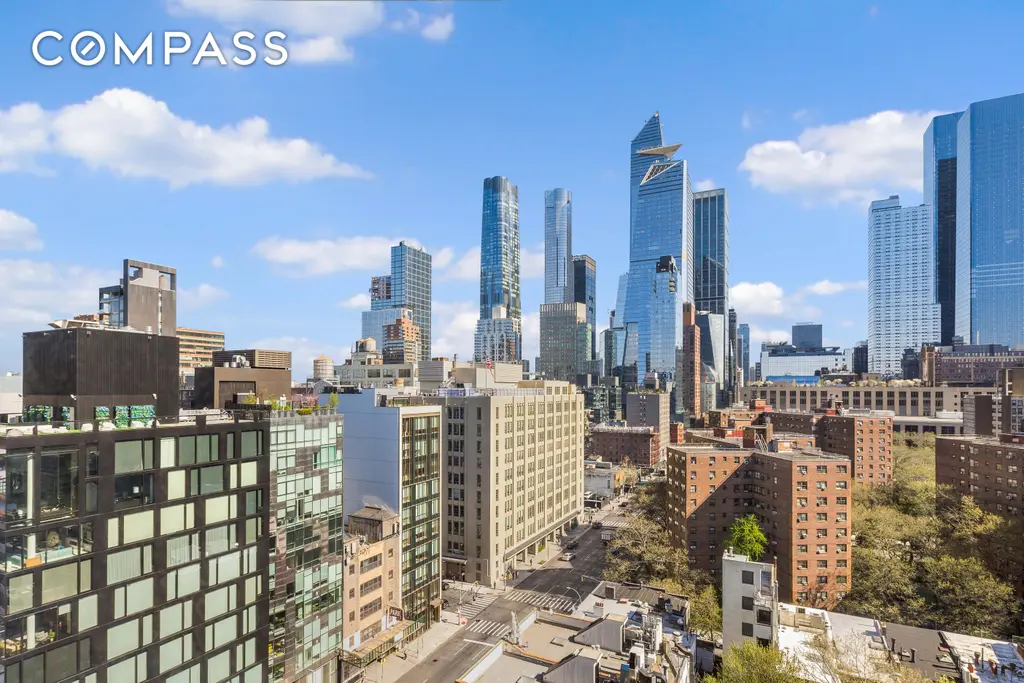
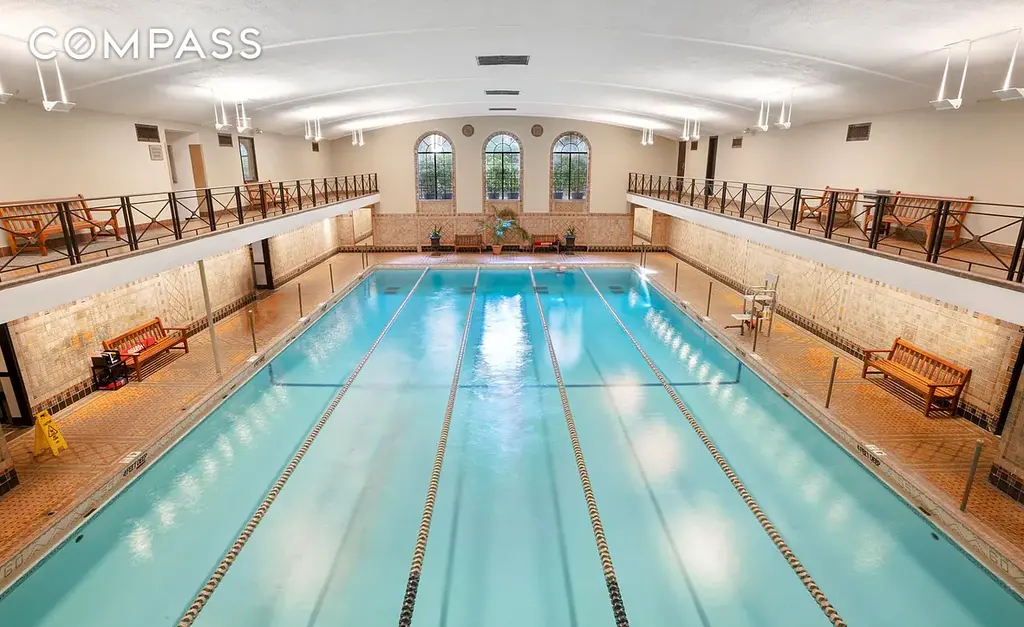
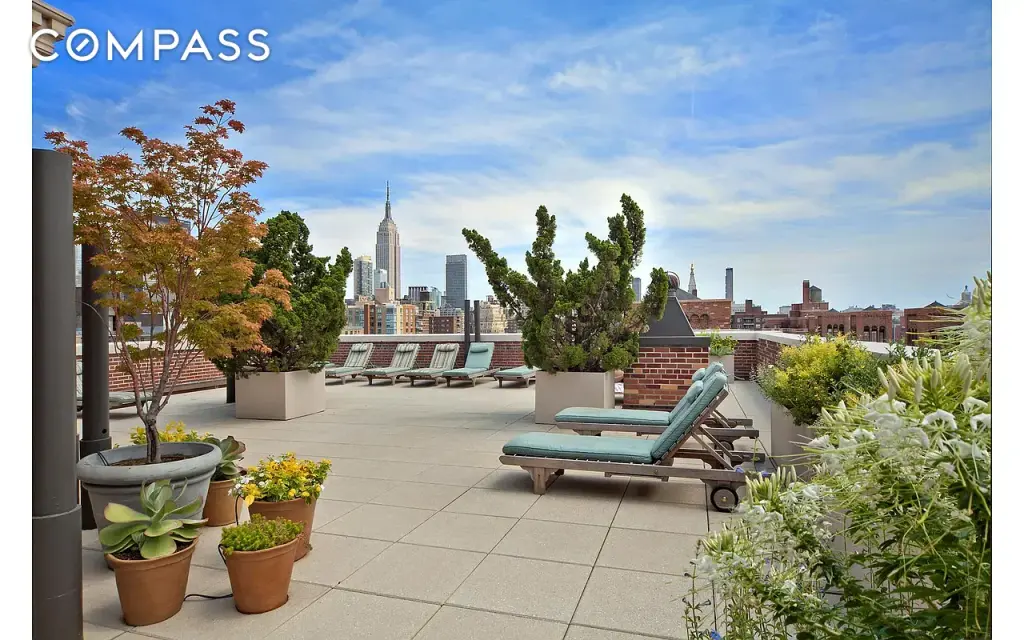
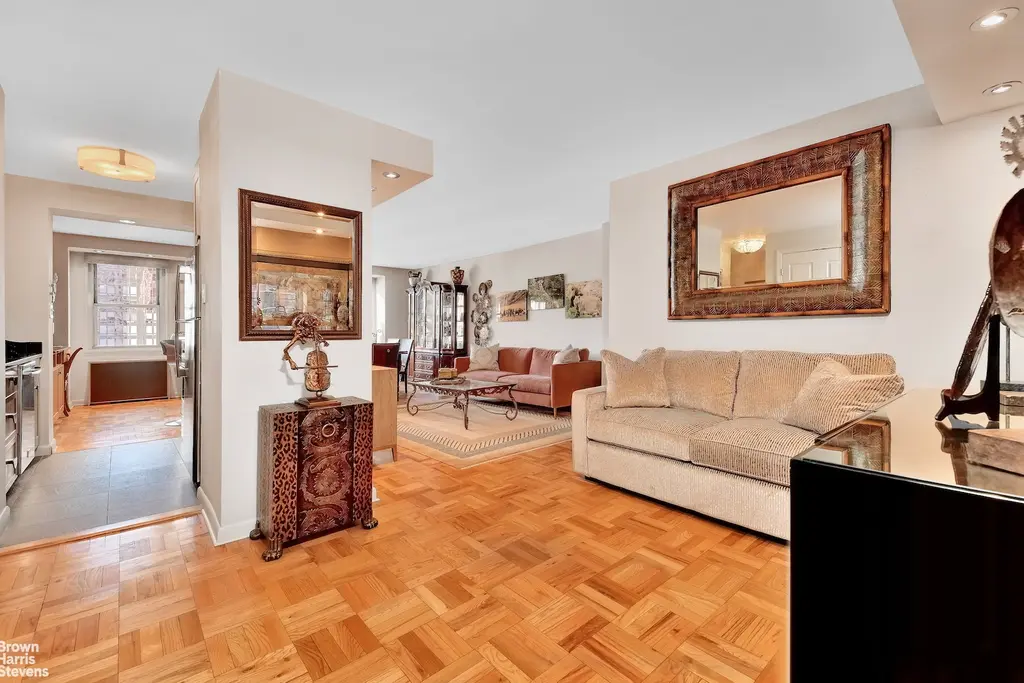
The Churchill, #19S (Brown Harris Stevens Residential Sales LLC)
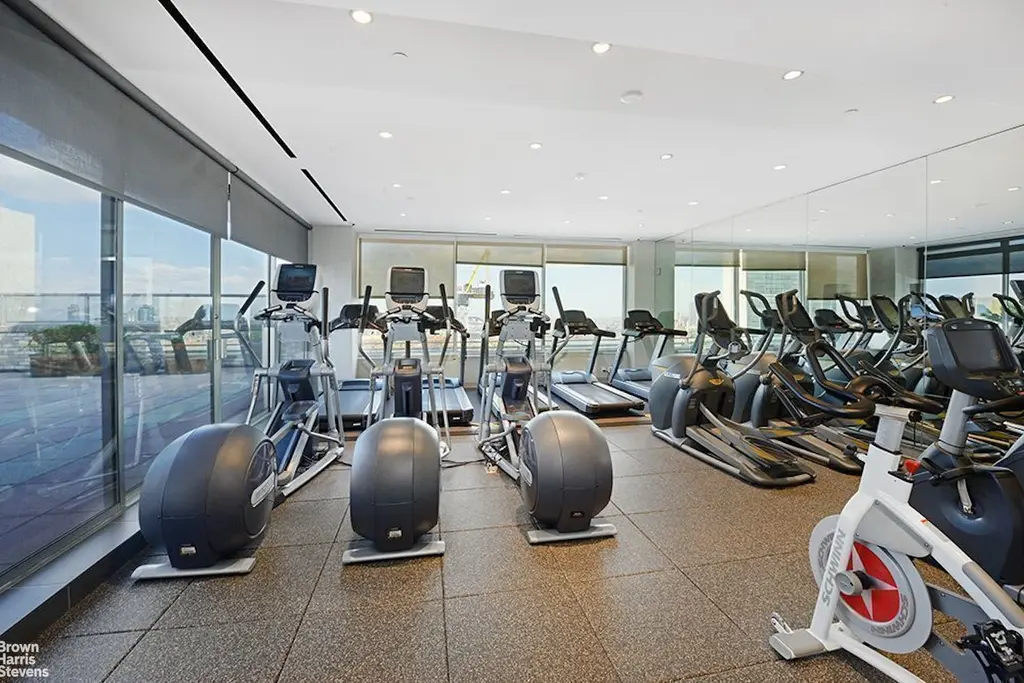

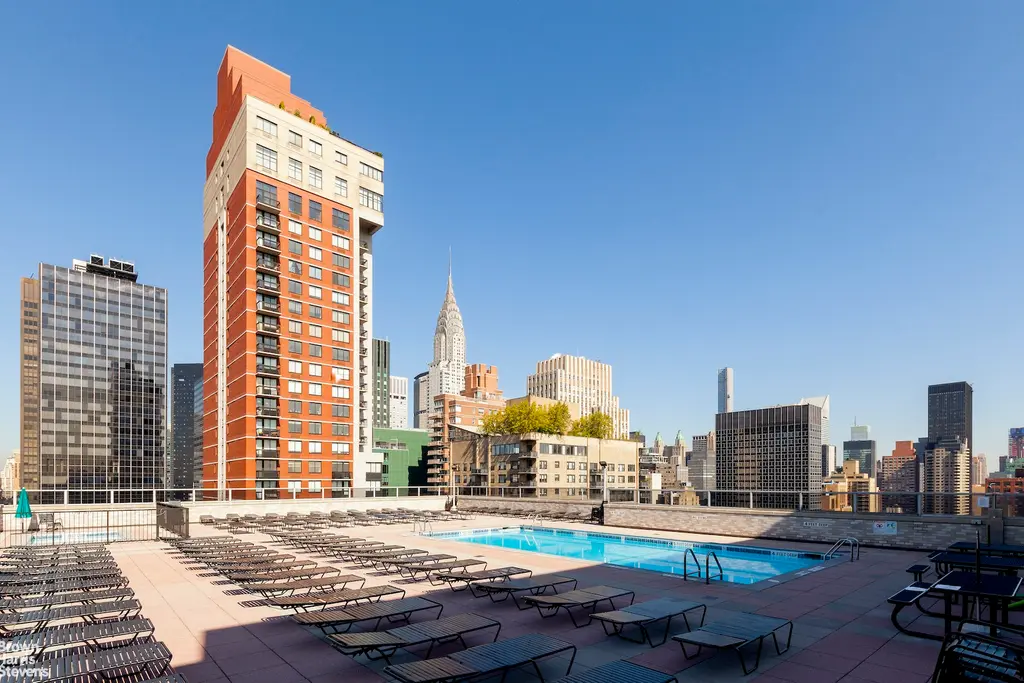
Would you like to tour any of these properties?
Just complete the info below.
Or call us at (212) 755-5544
Would you like to tour any of these properties?





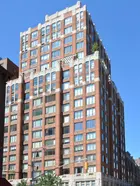



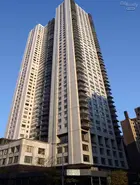
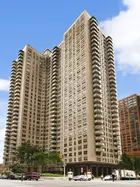


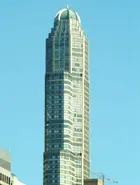
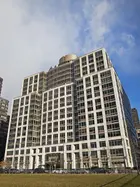
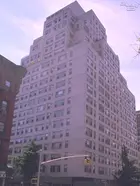
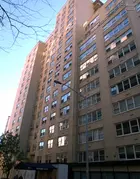
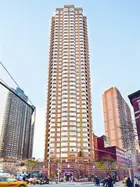
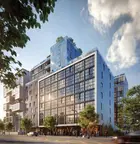
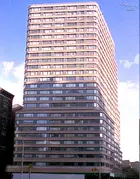

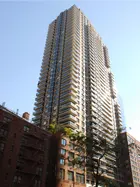
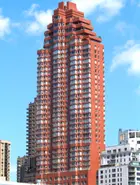
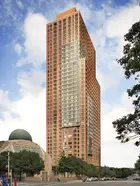
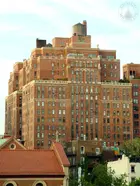
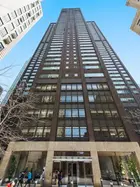
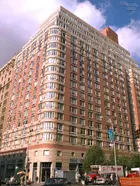


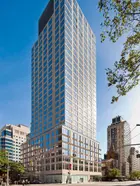

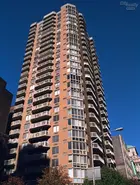
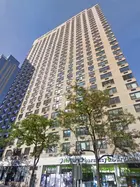
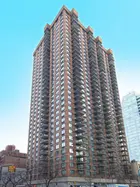

 6sqft delivers the latest on real estate, architecture, and design, straight from New York City.
6sqft delivers the latest on real estate, architecture, and design, straight from New York City.
